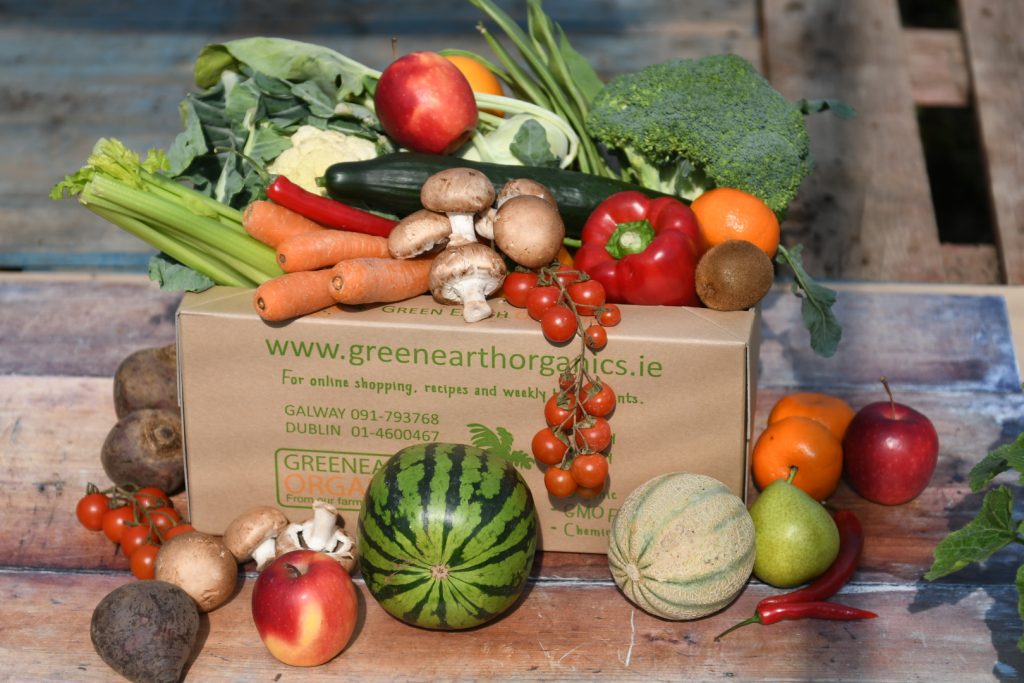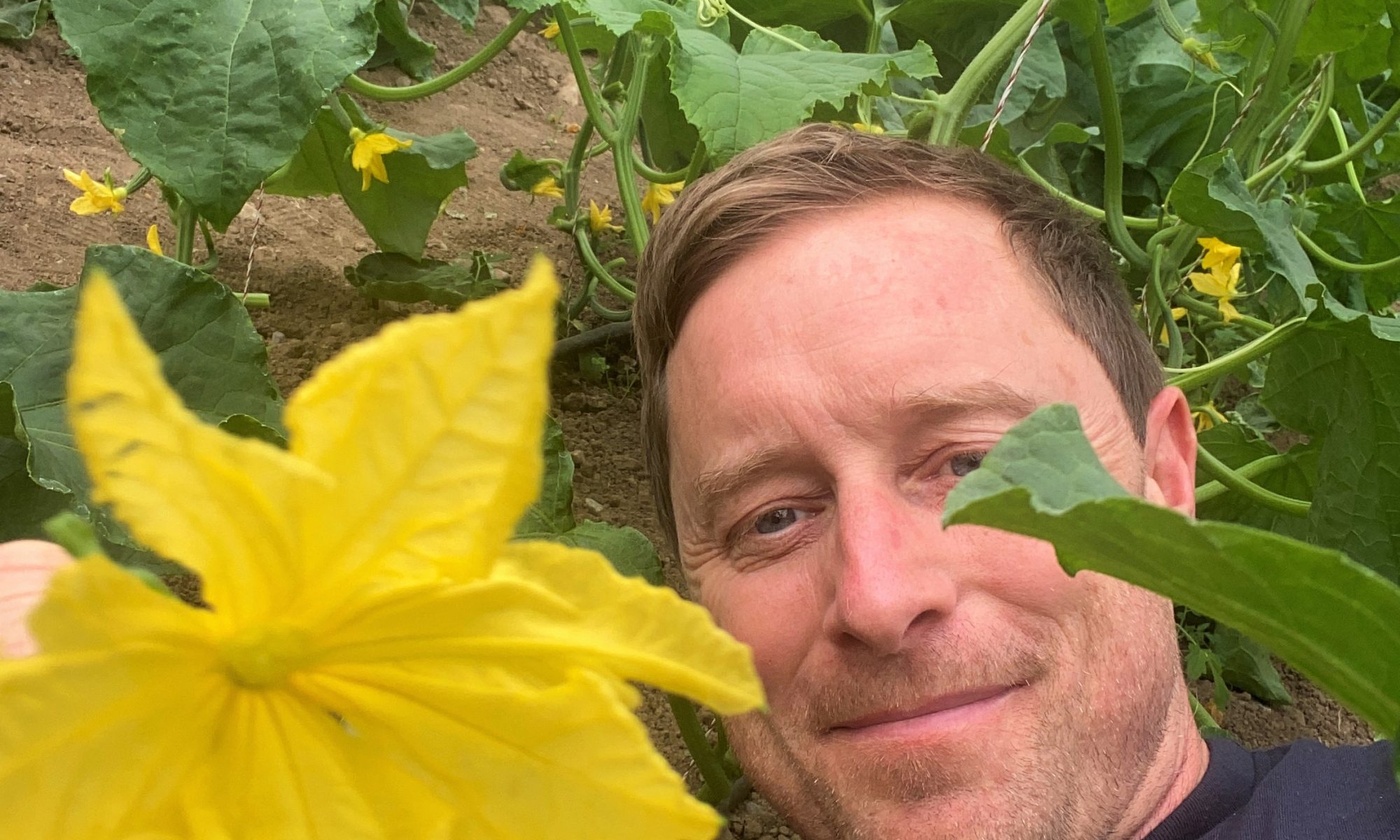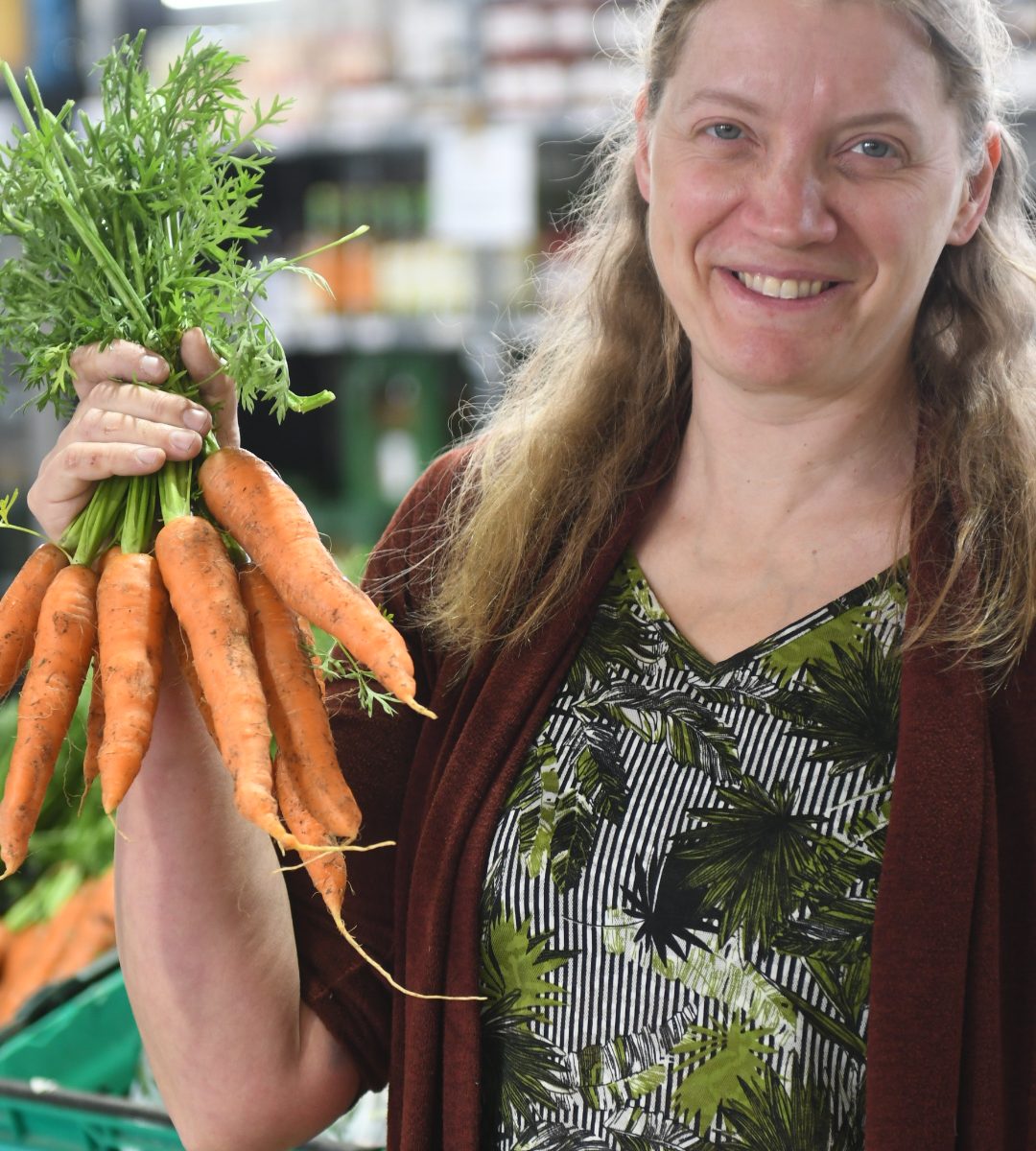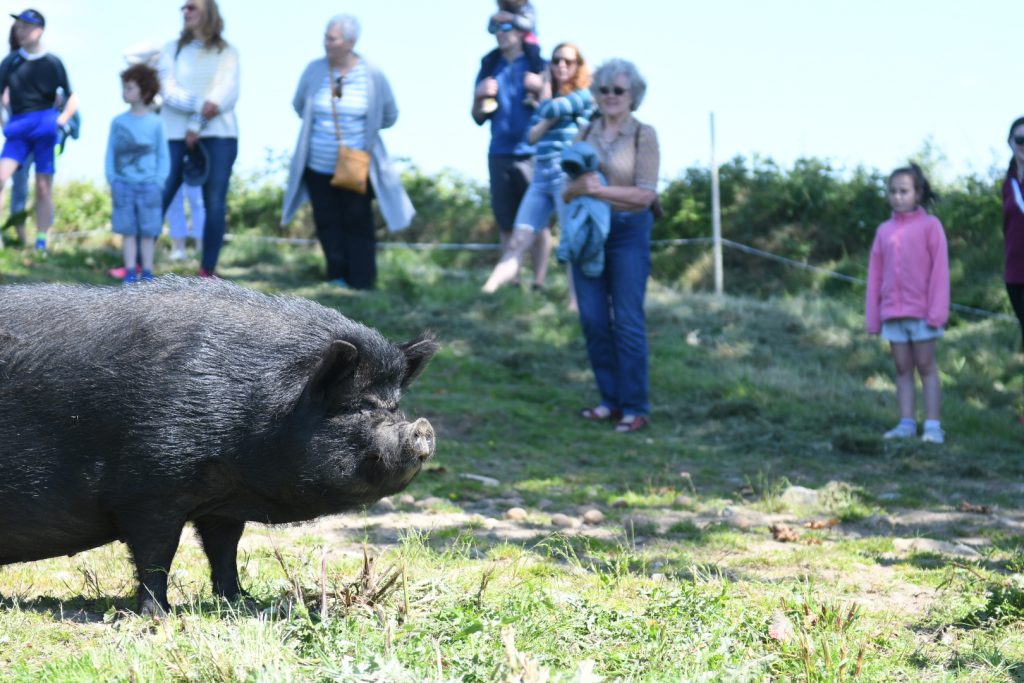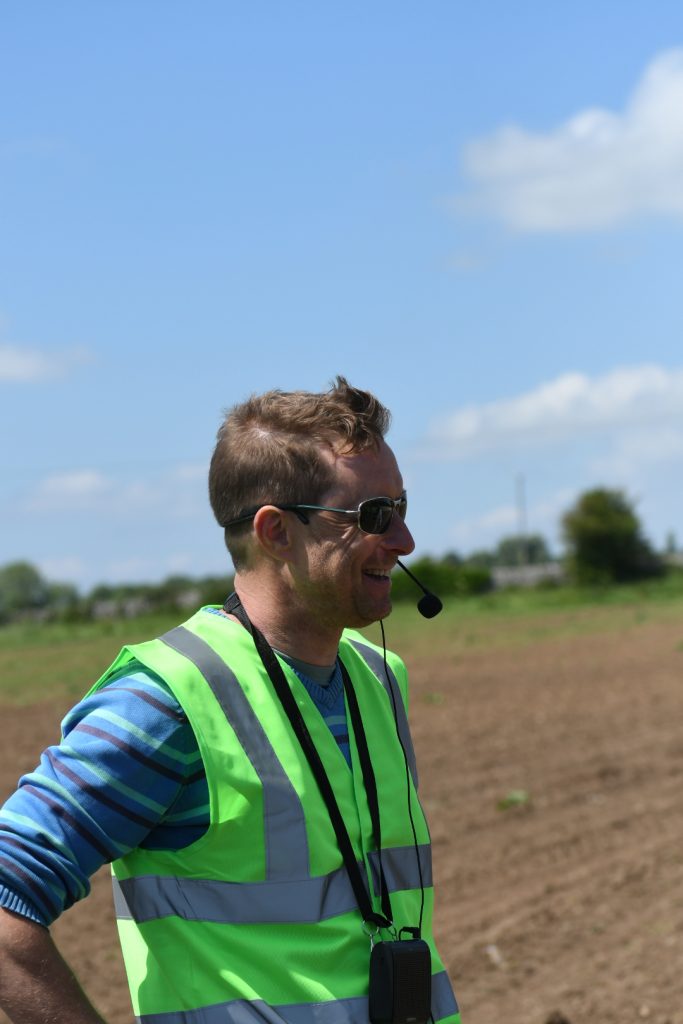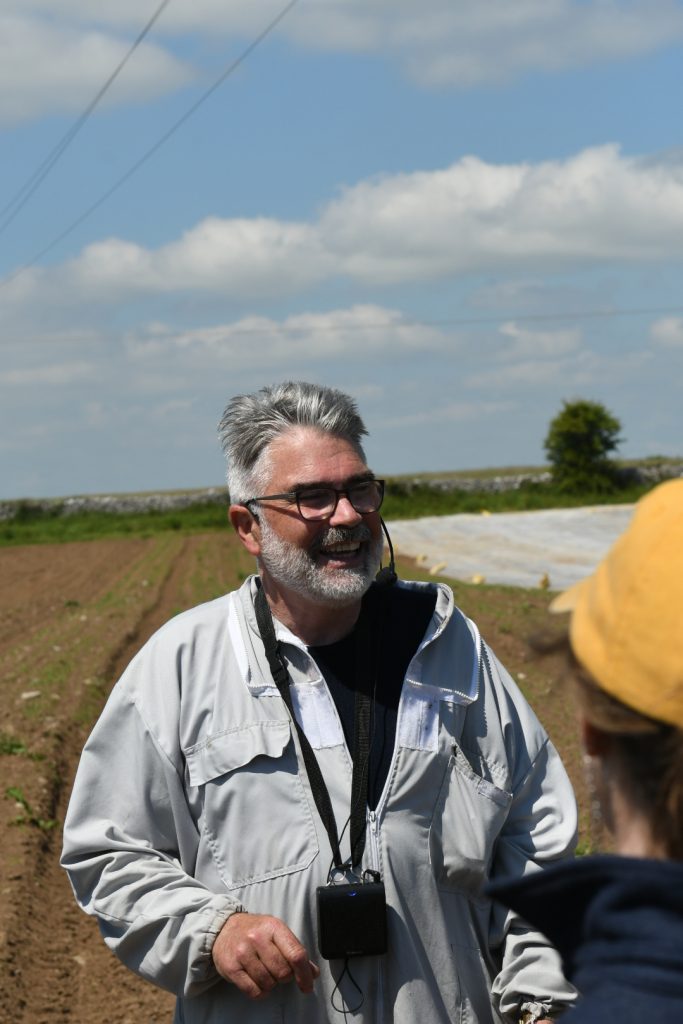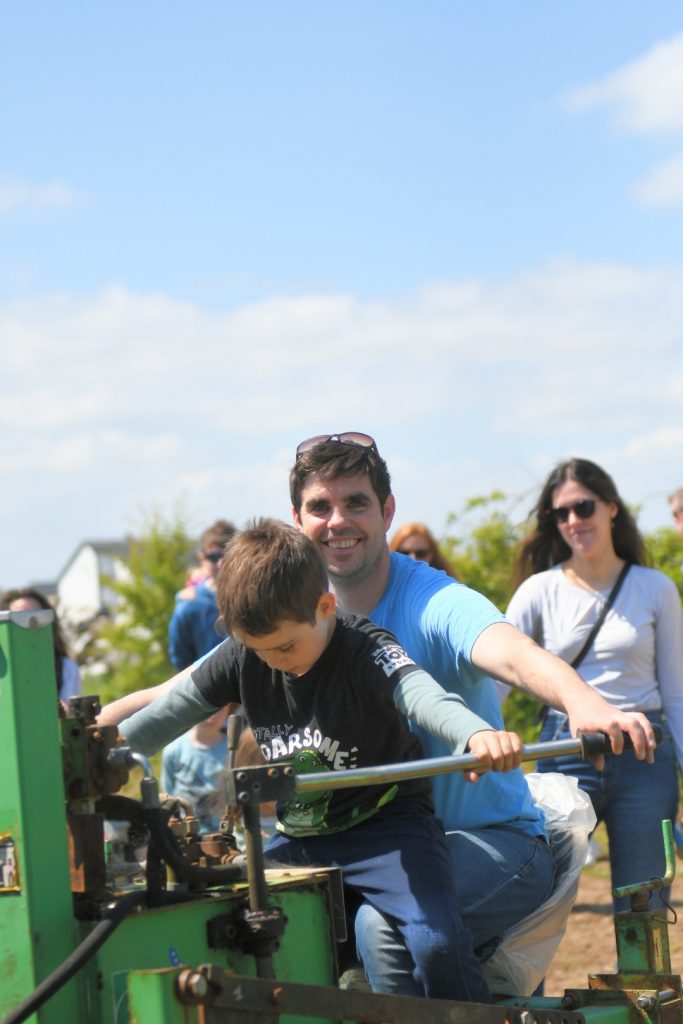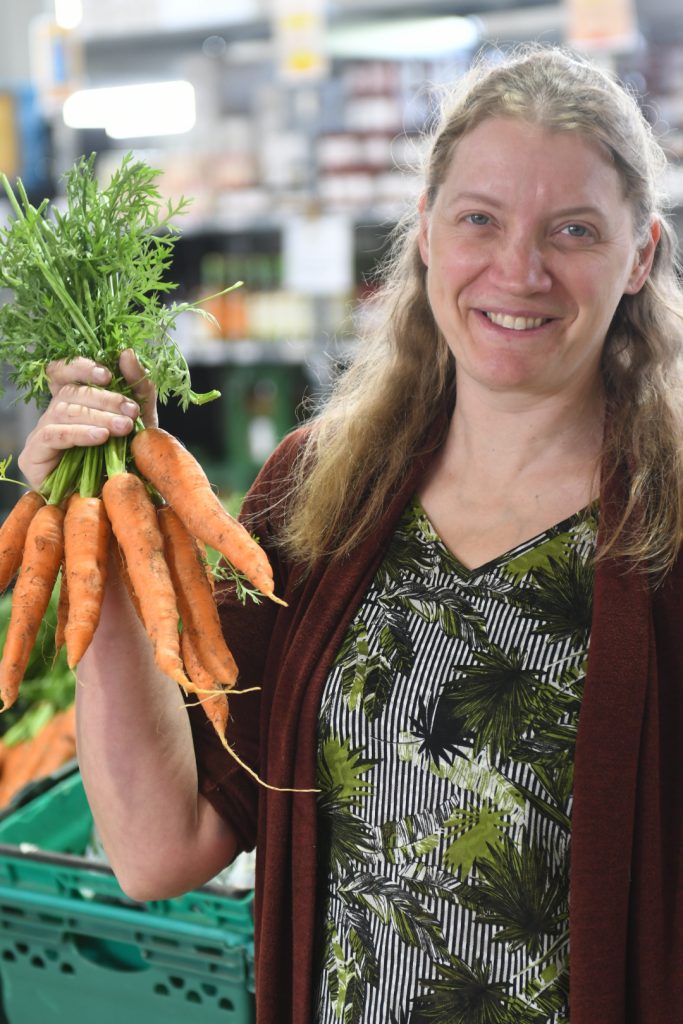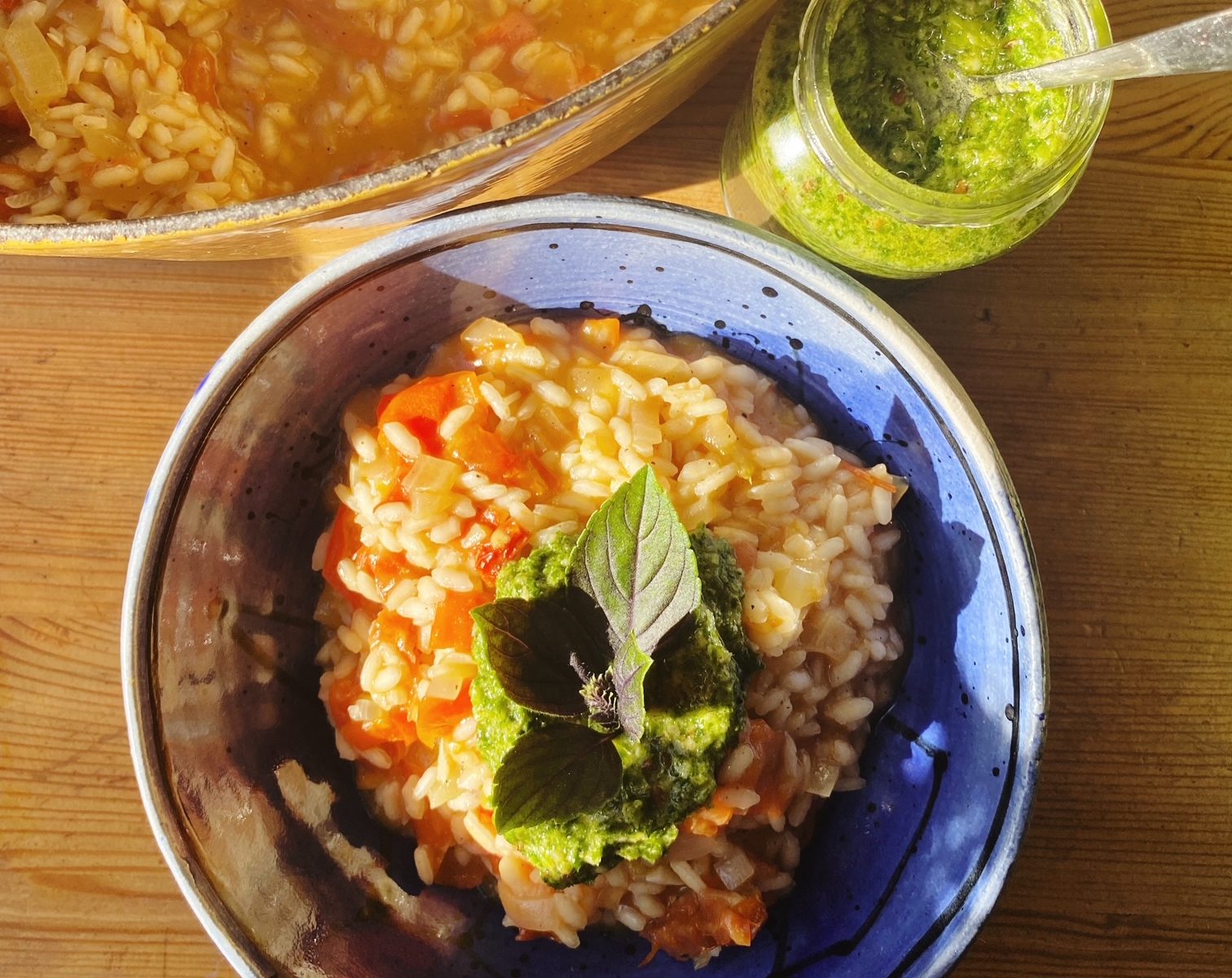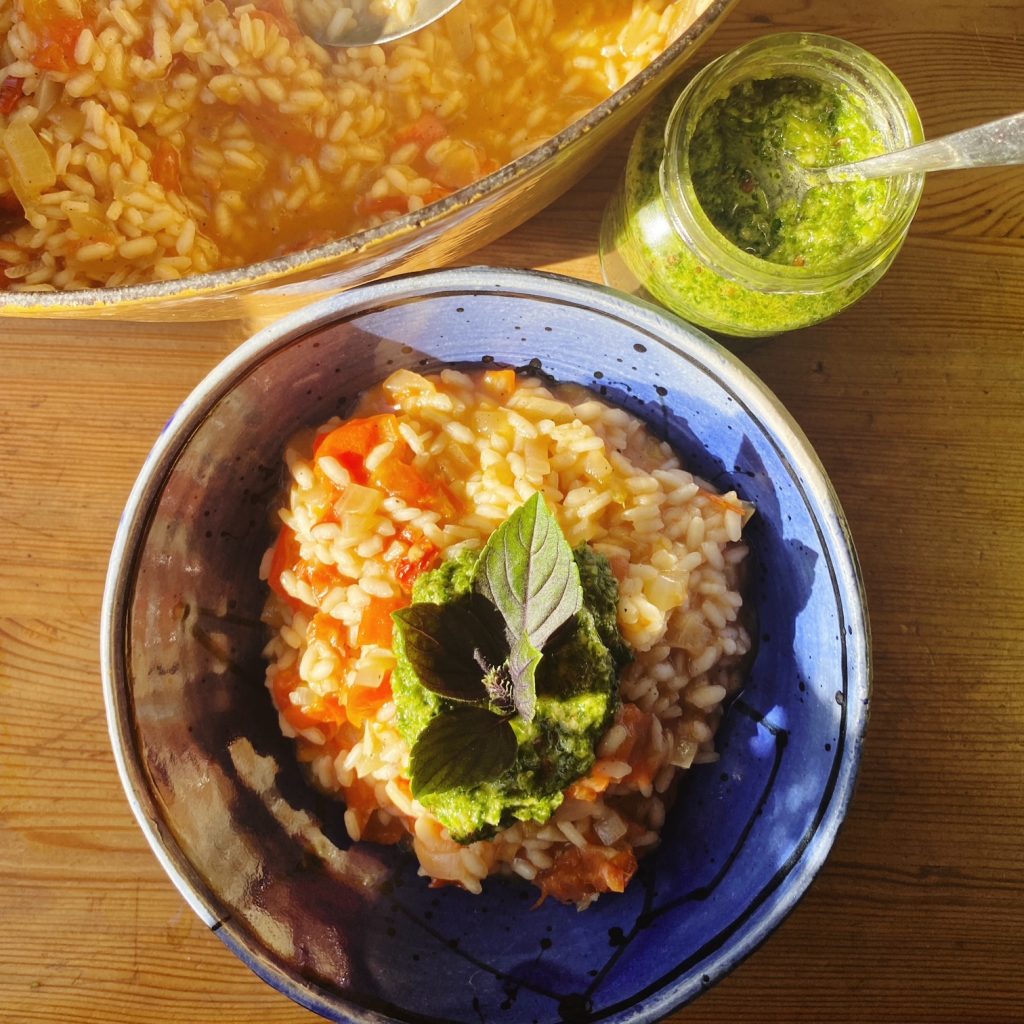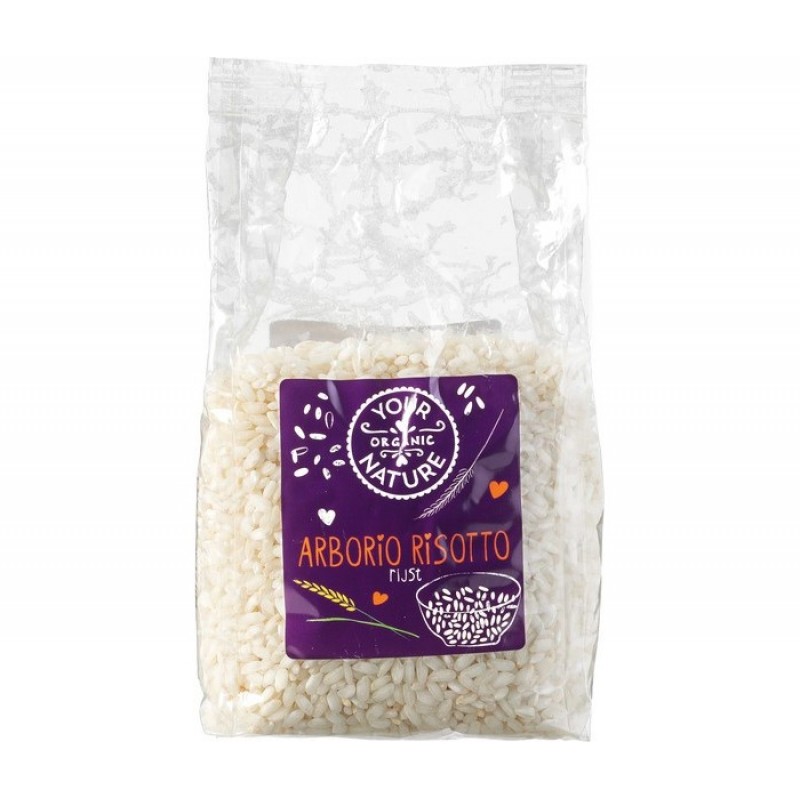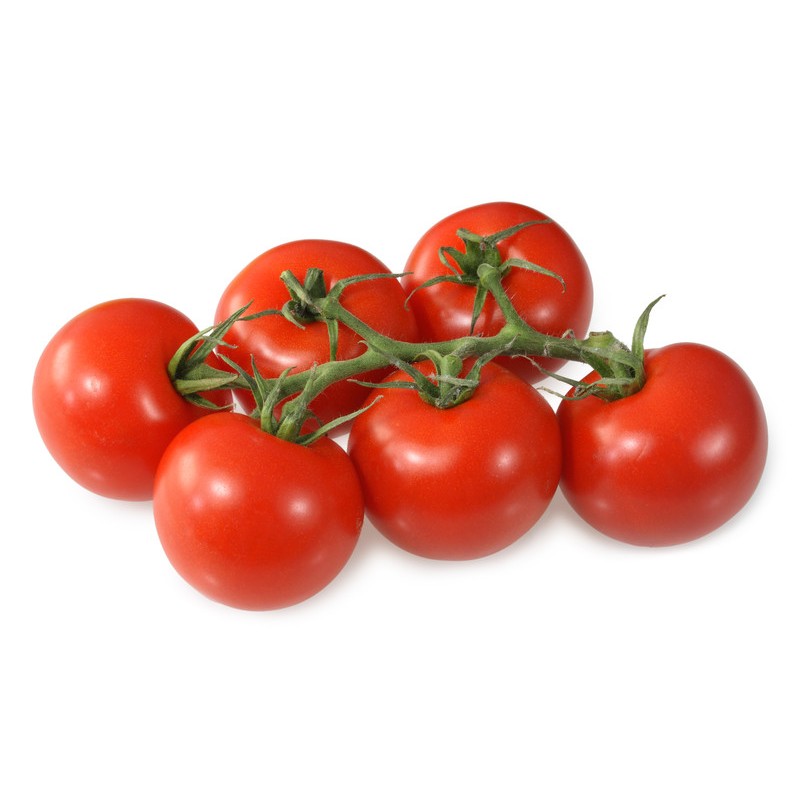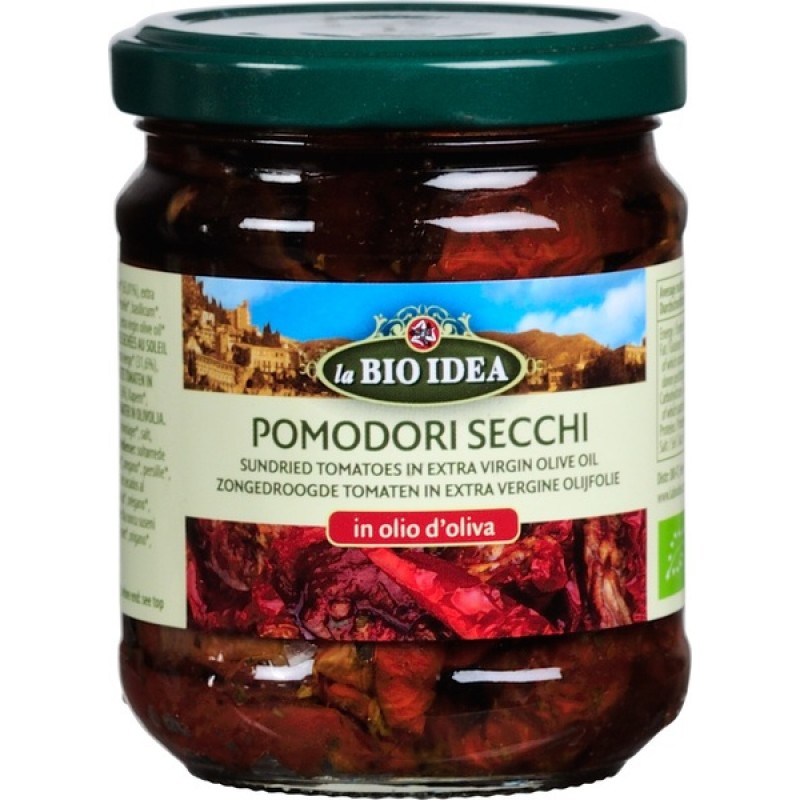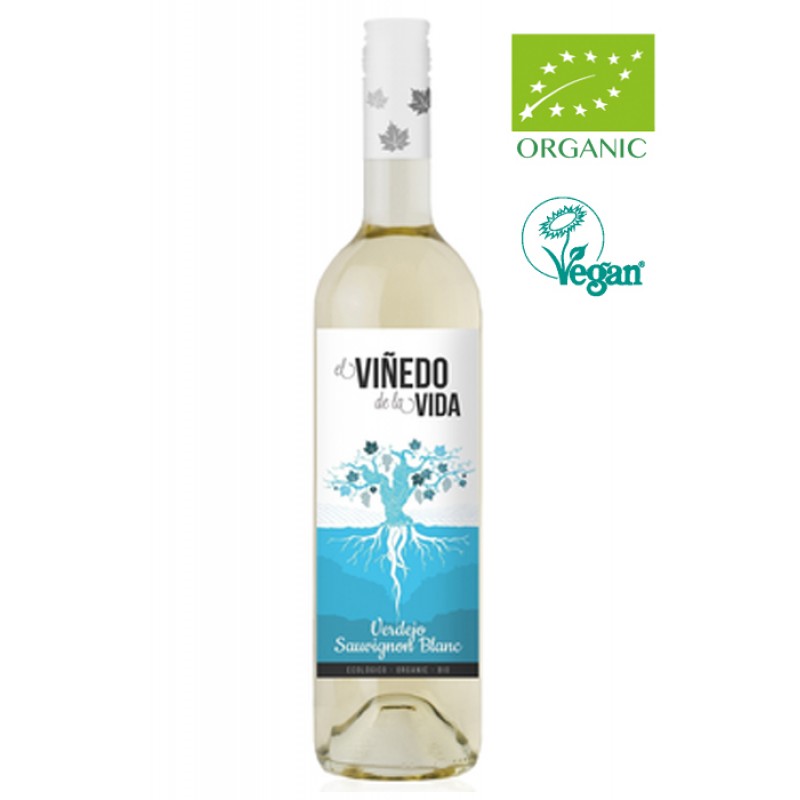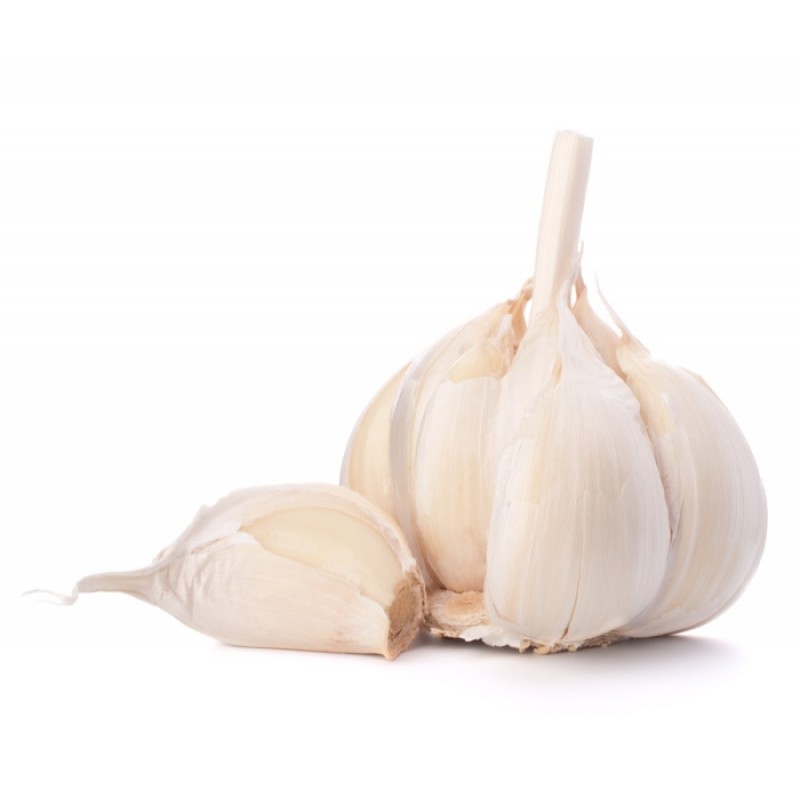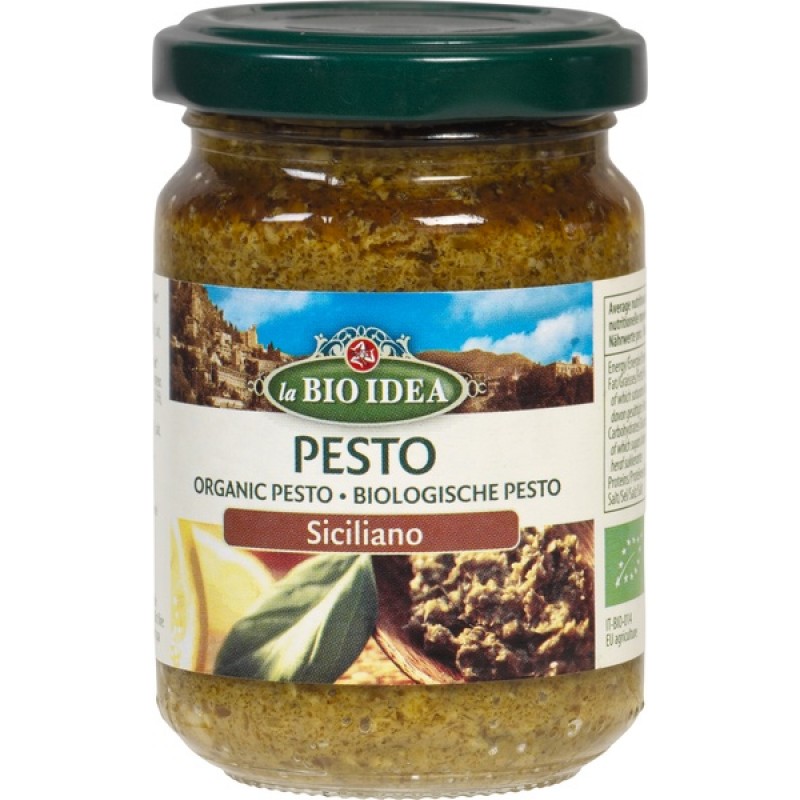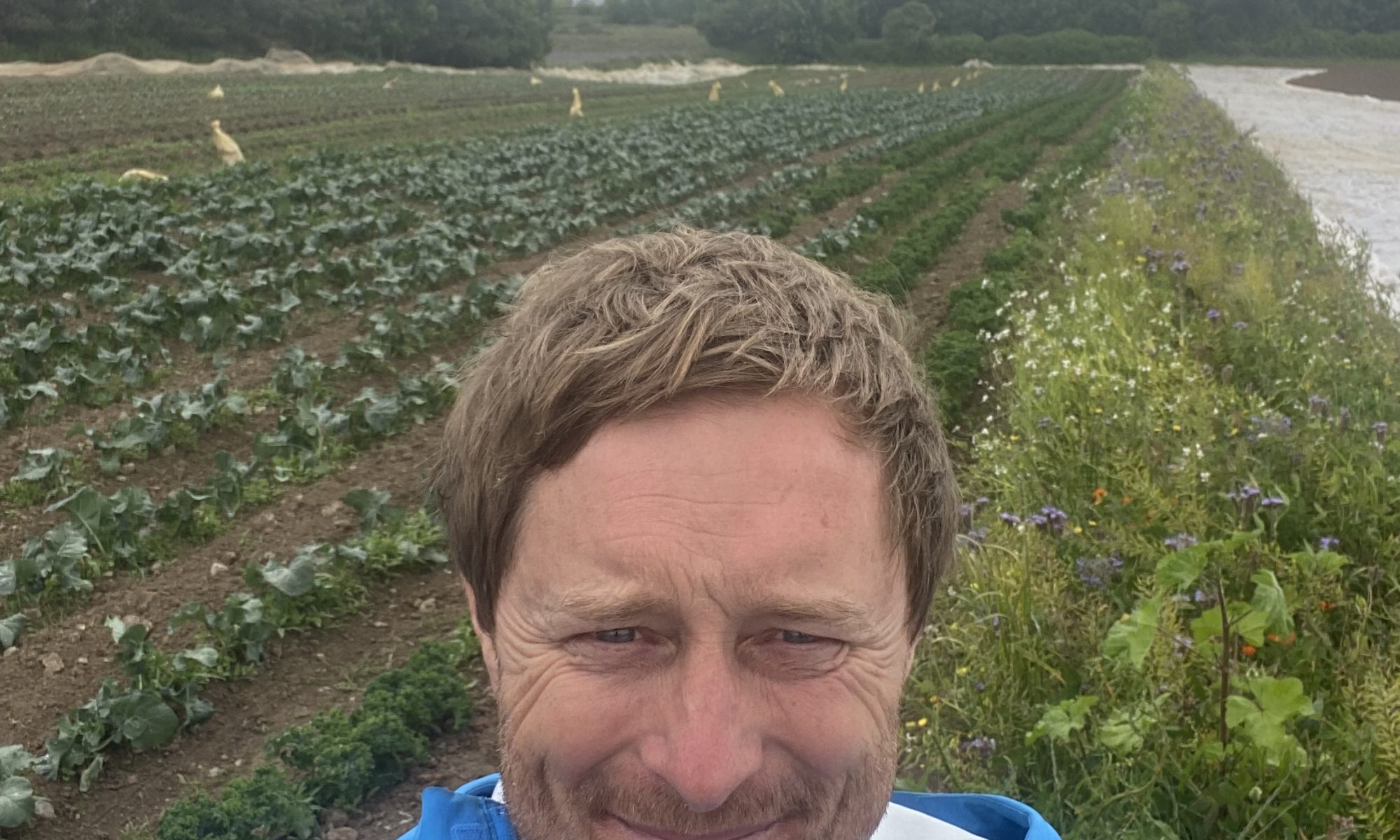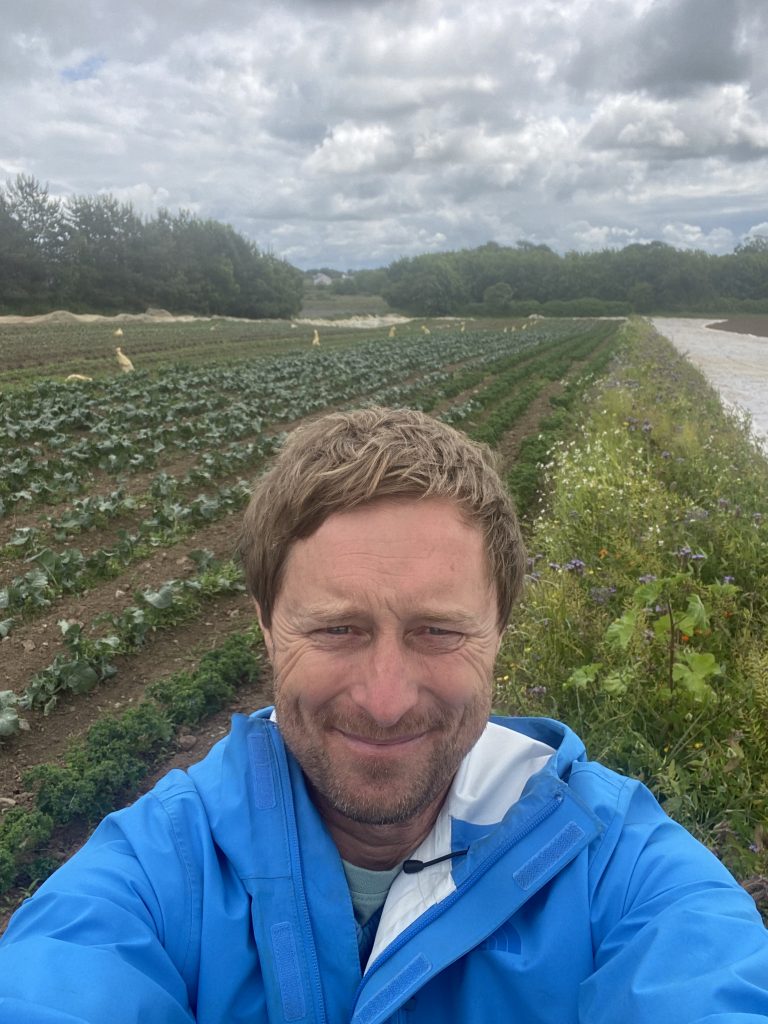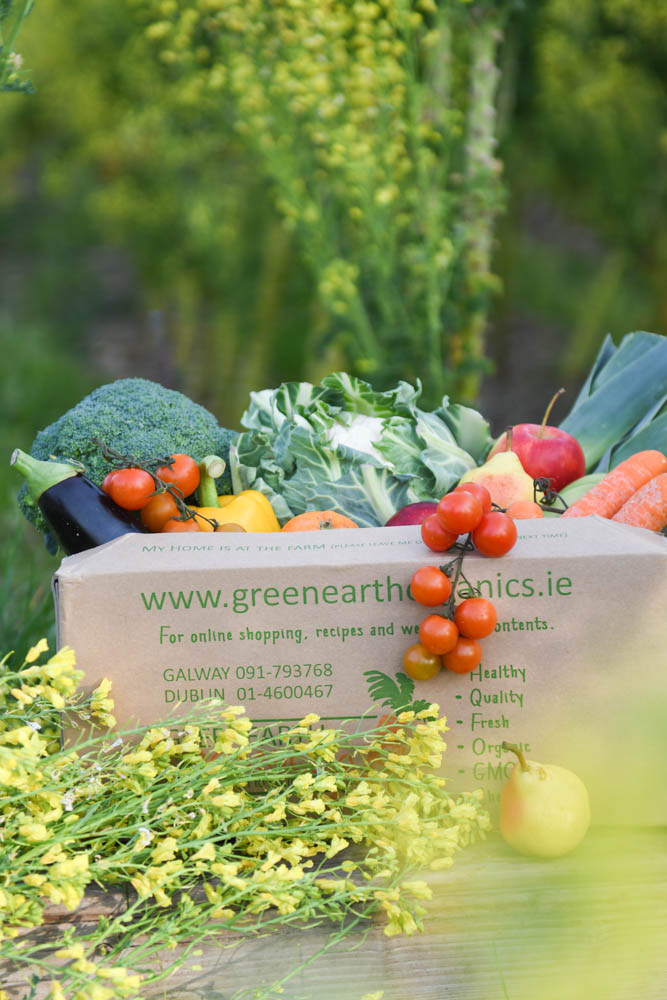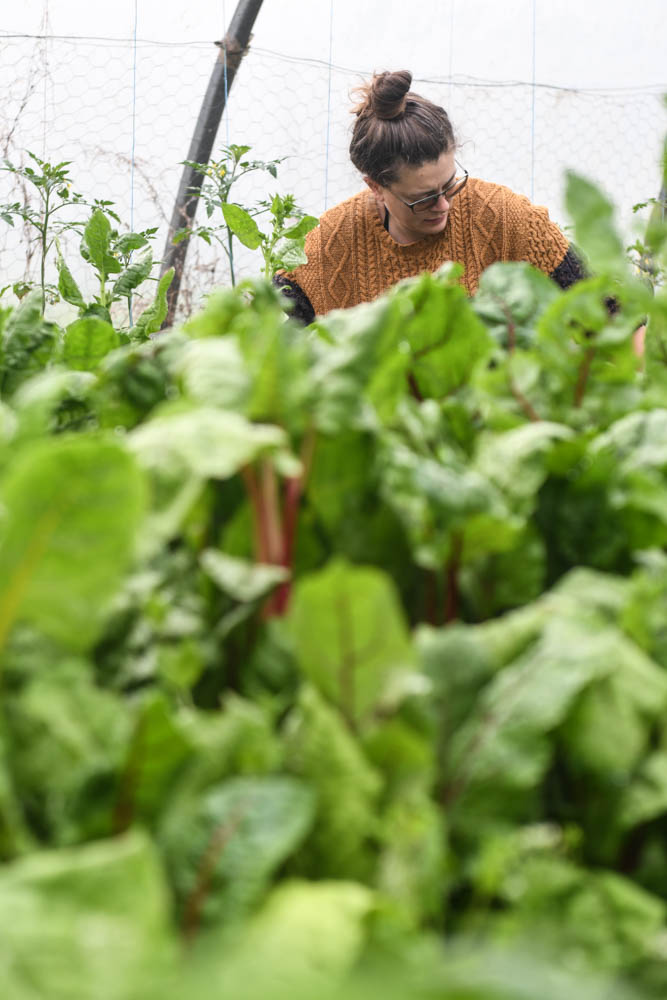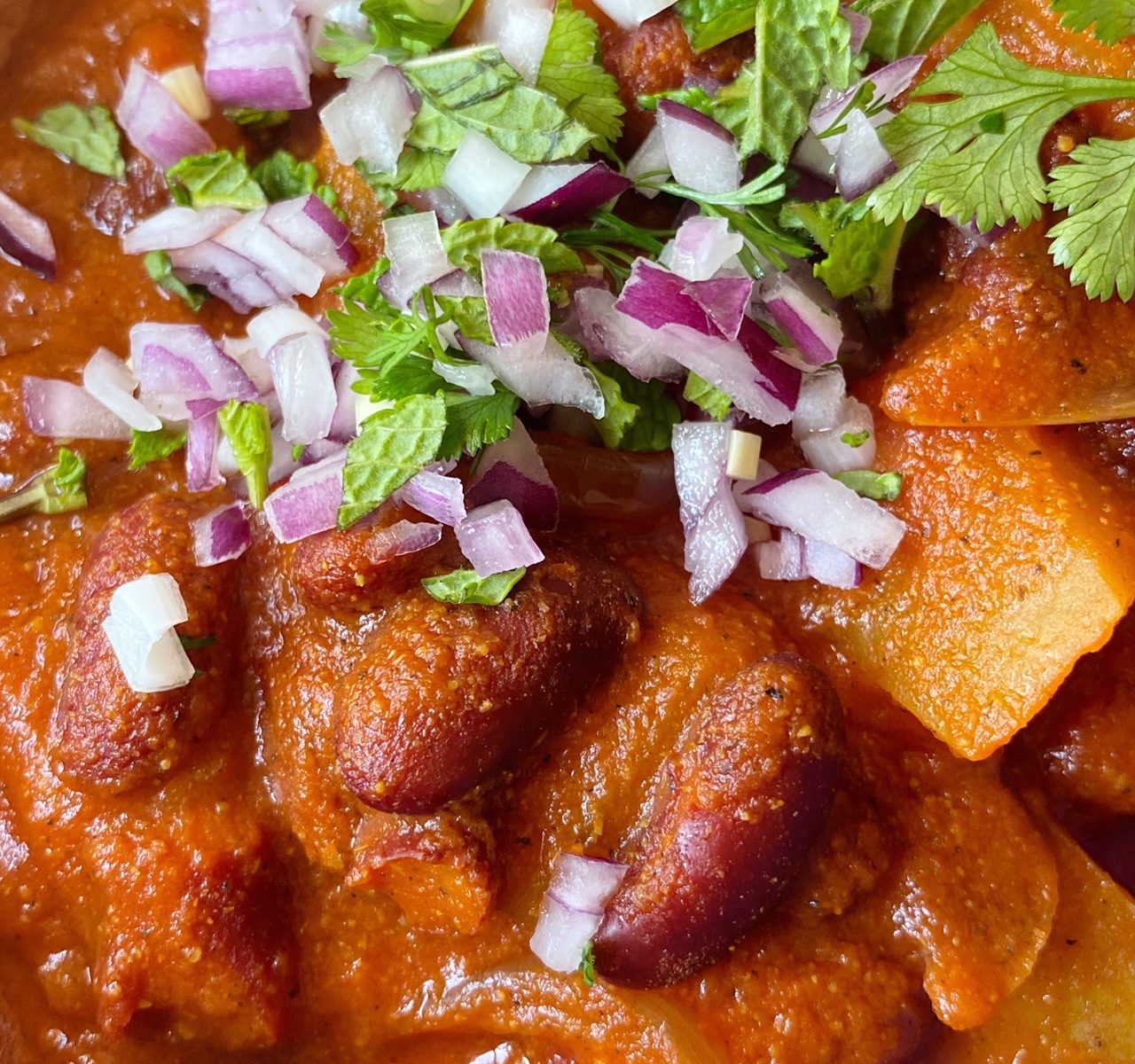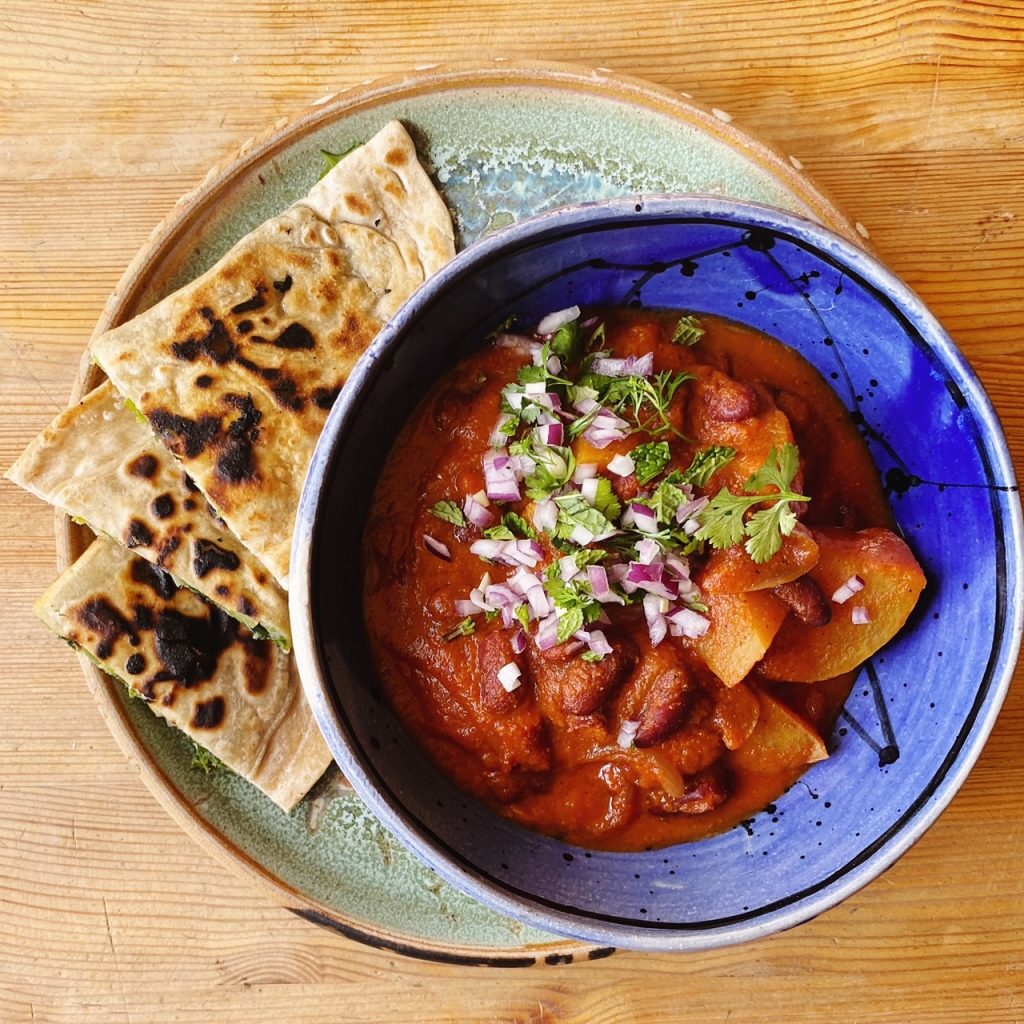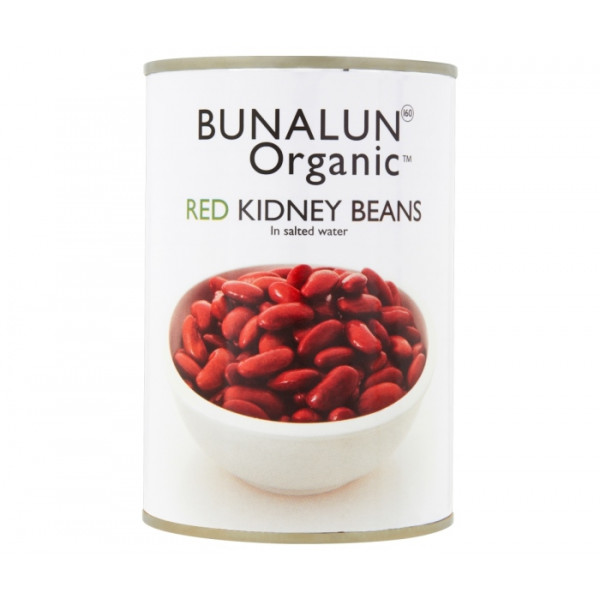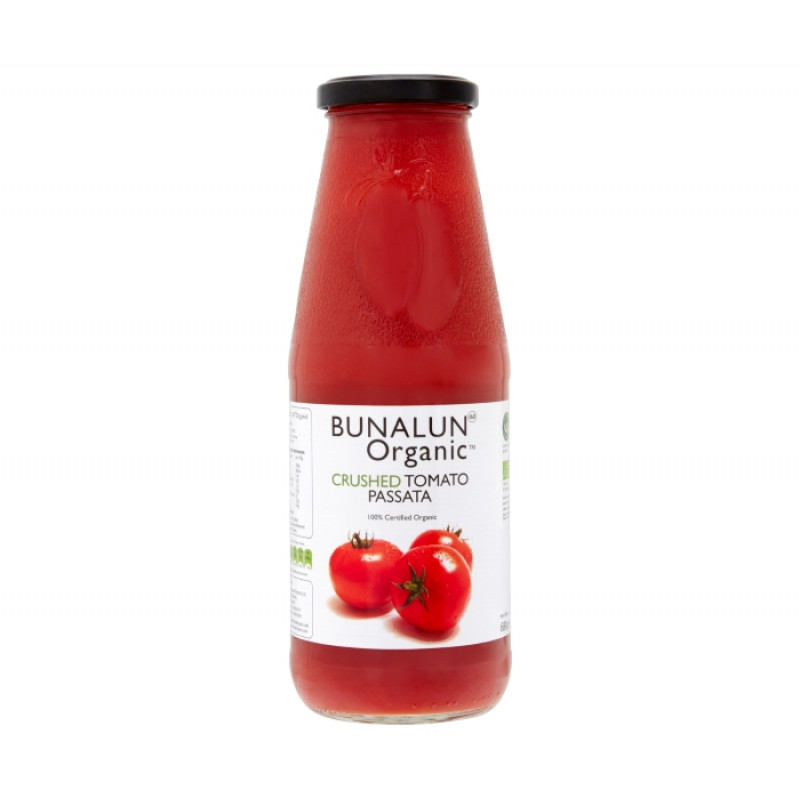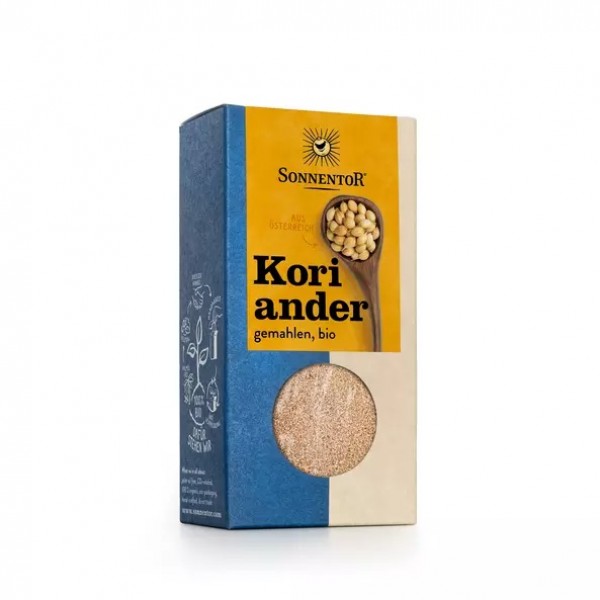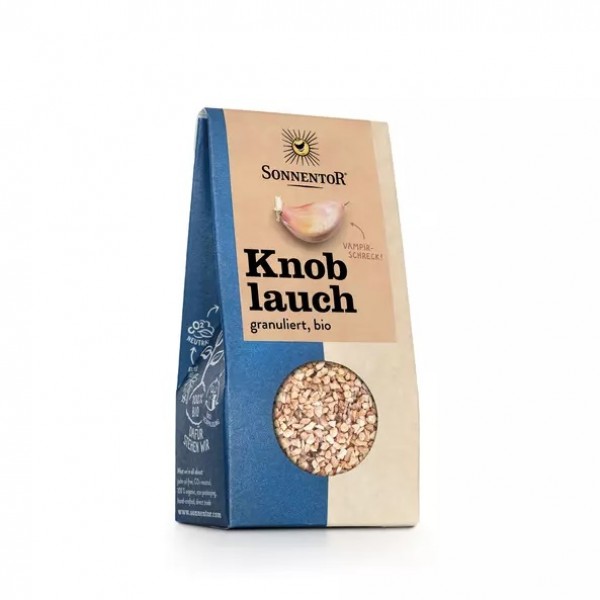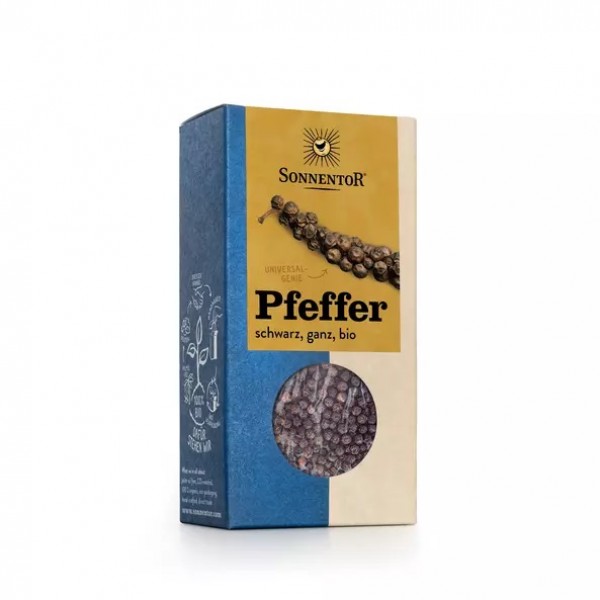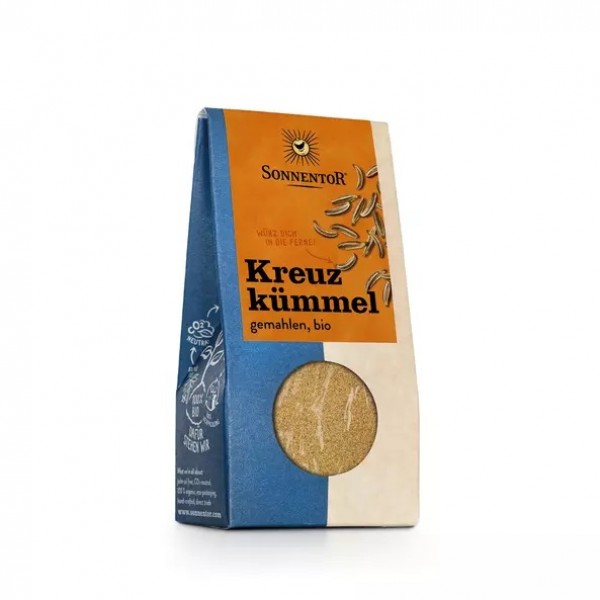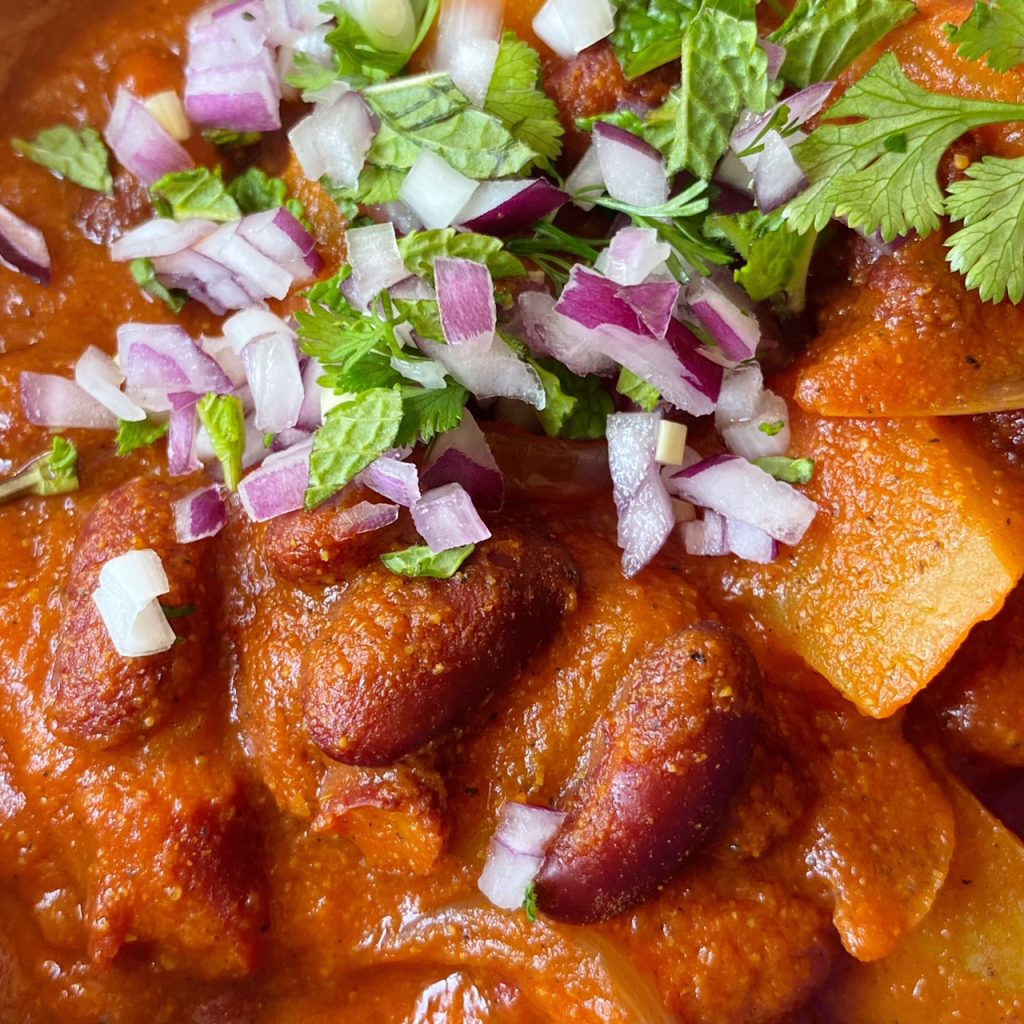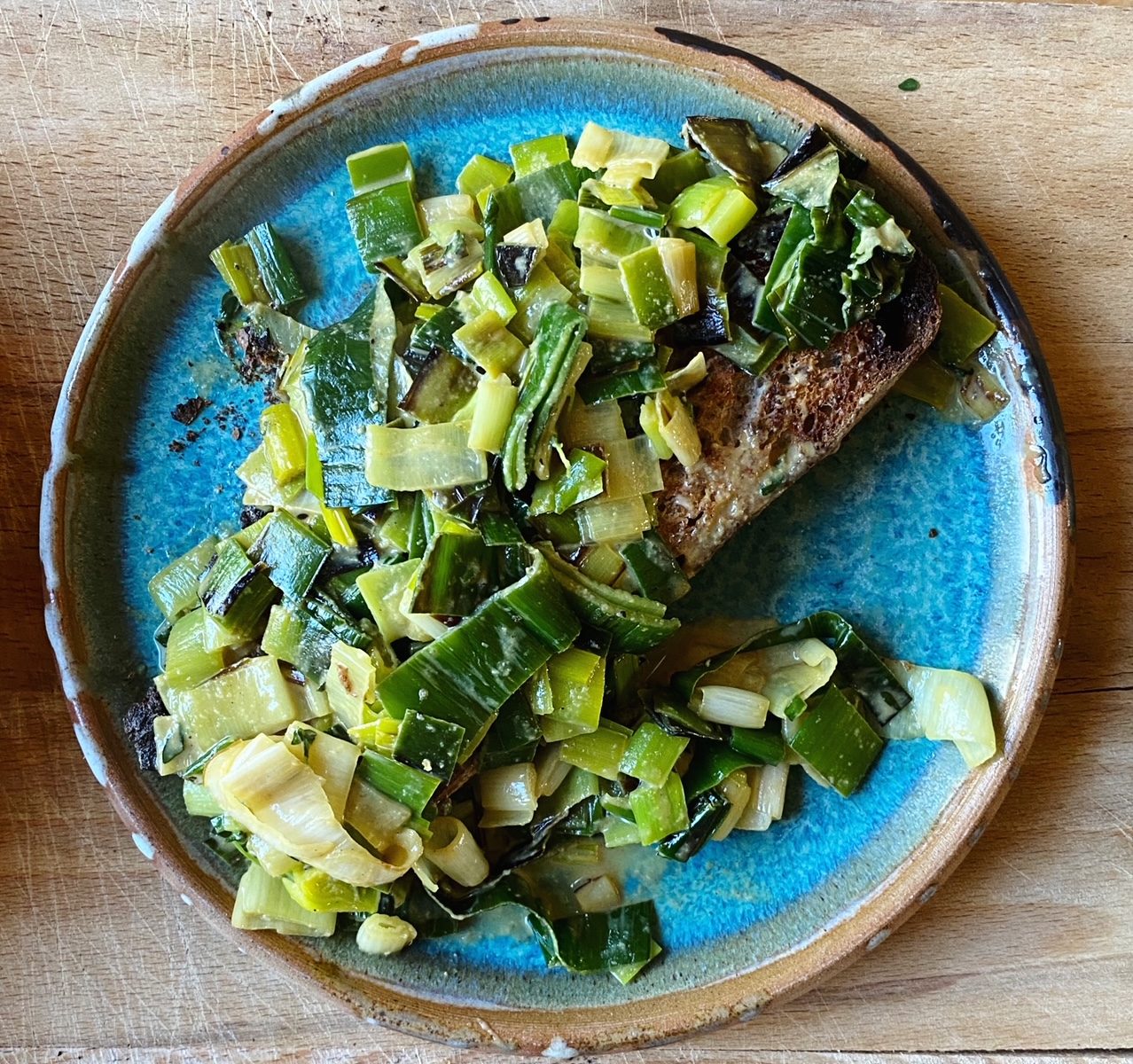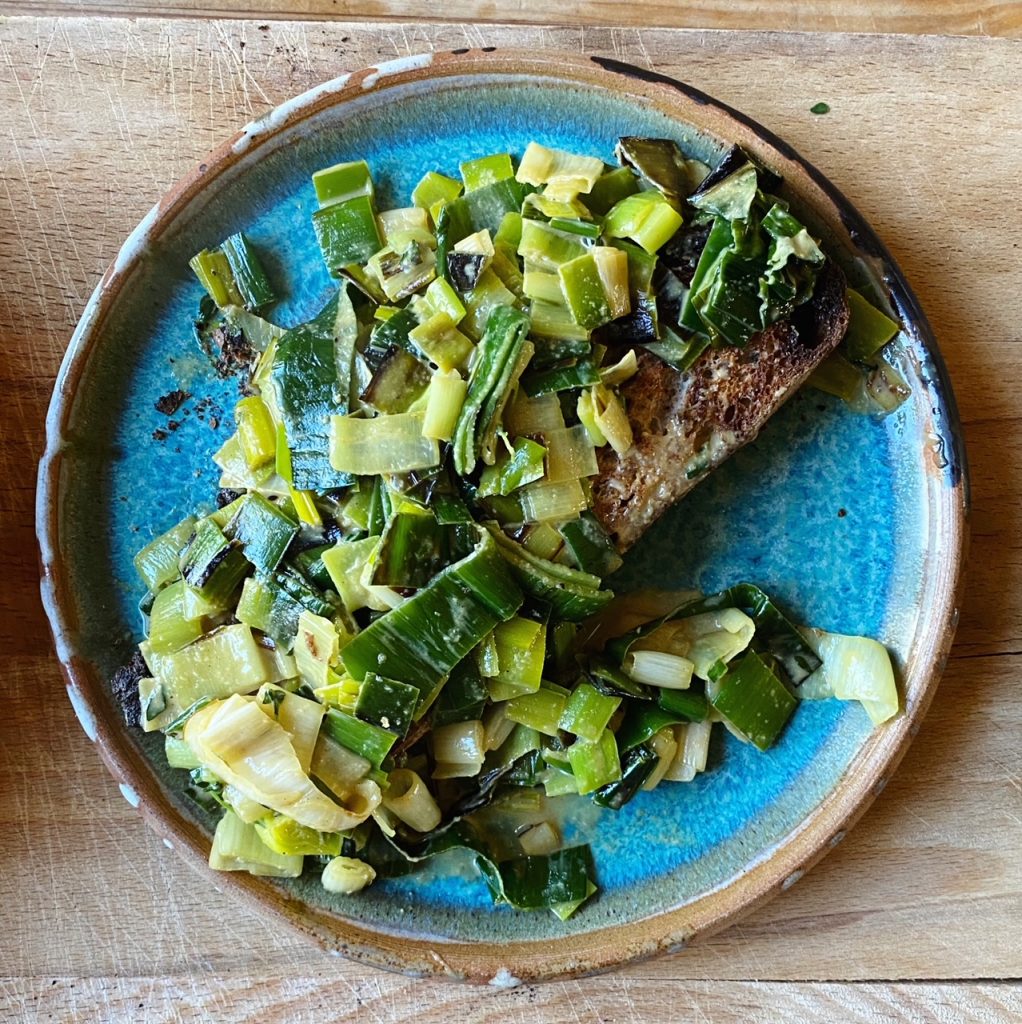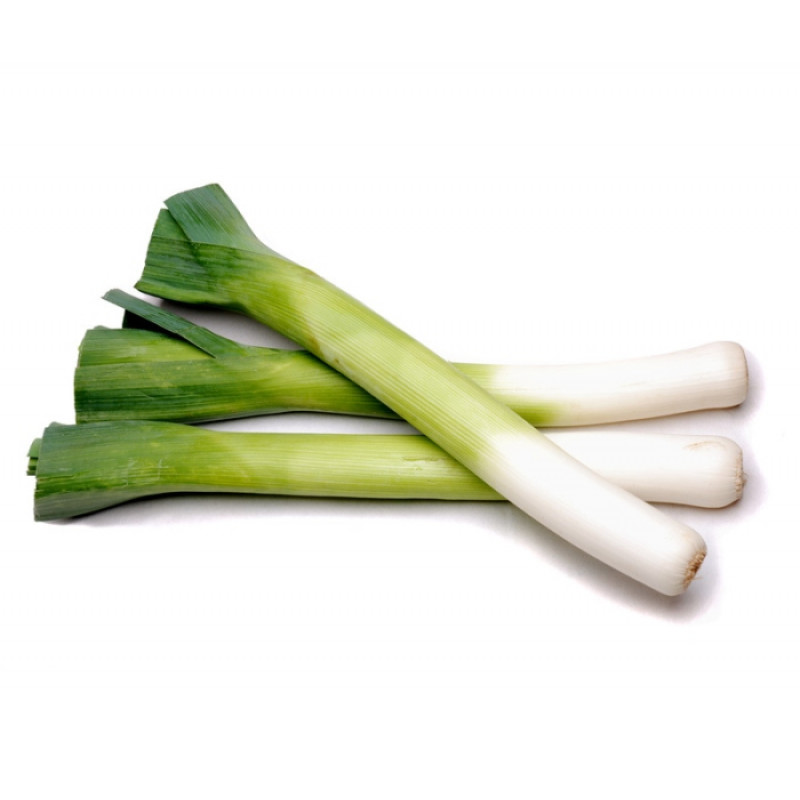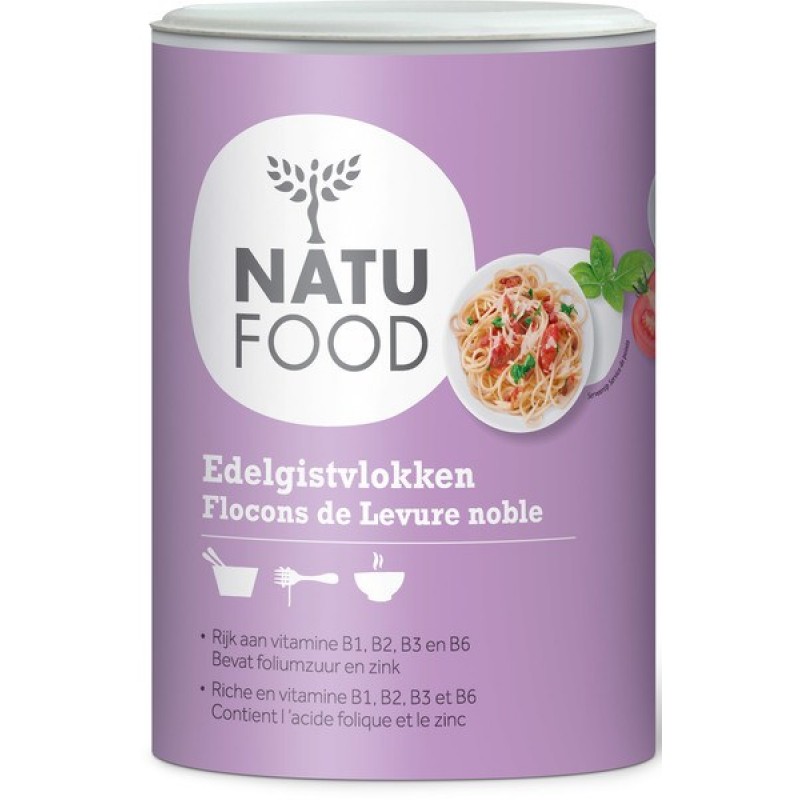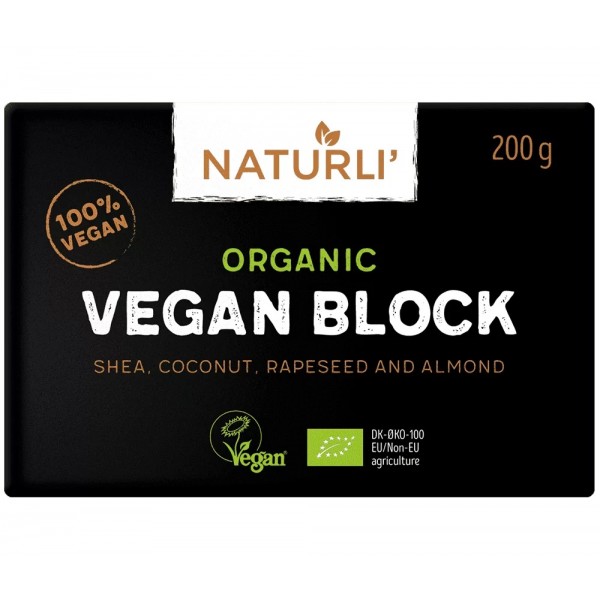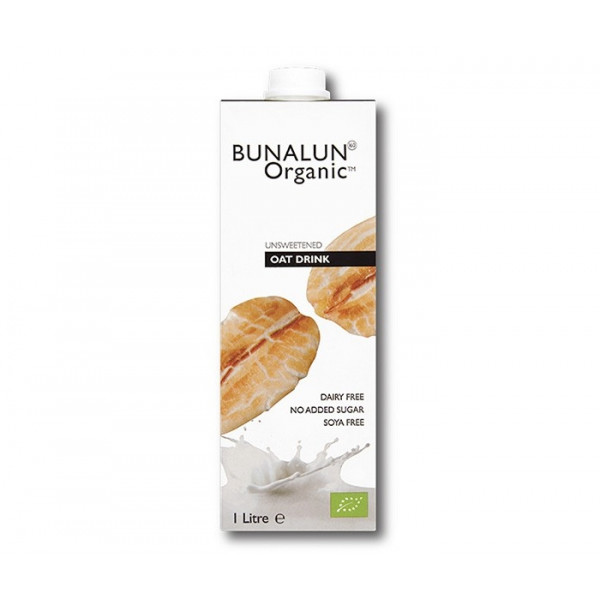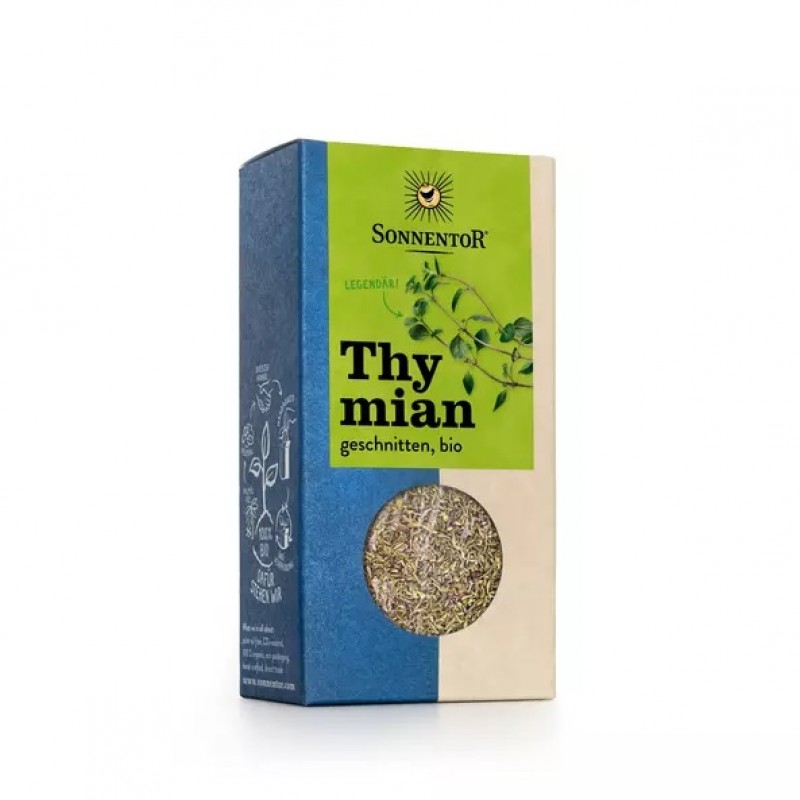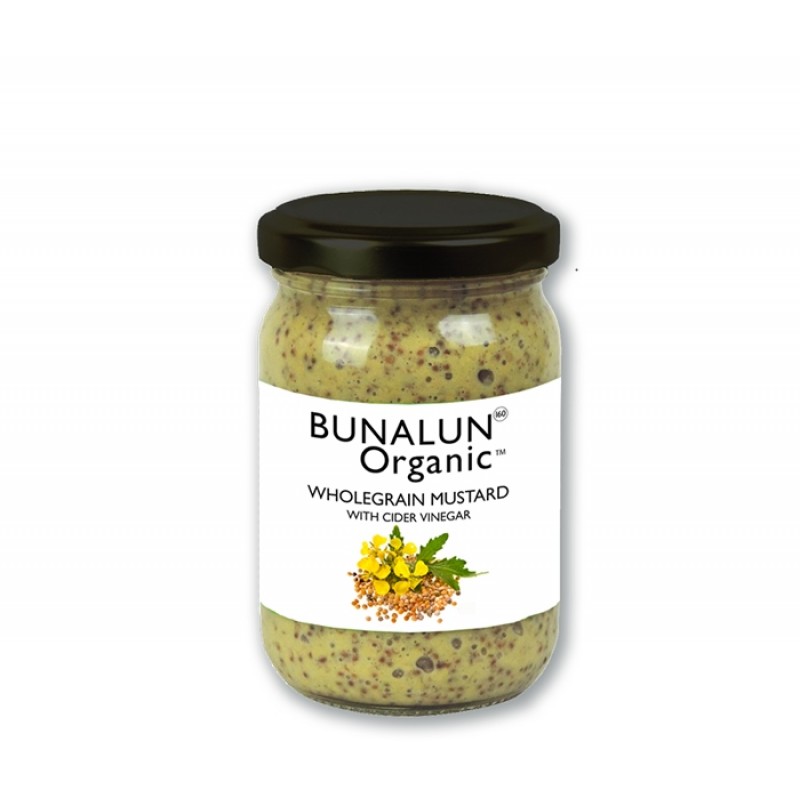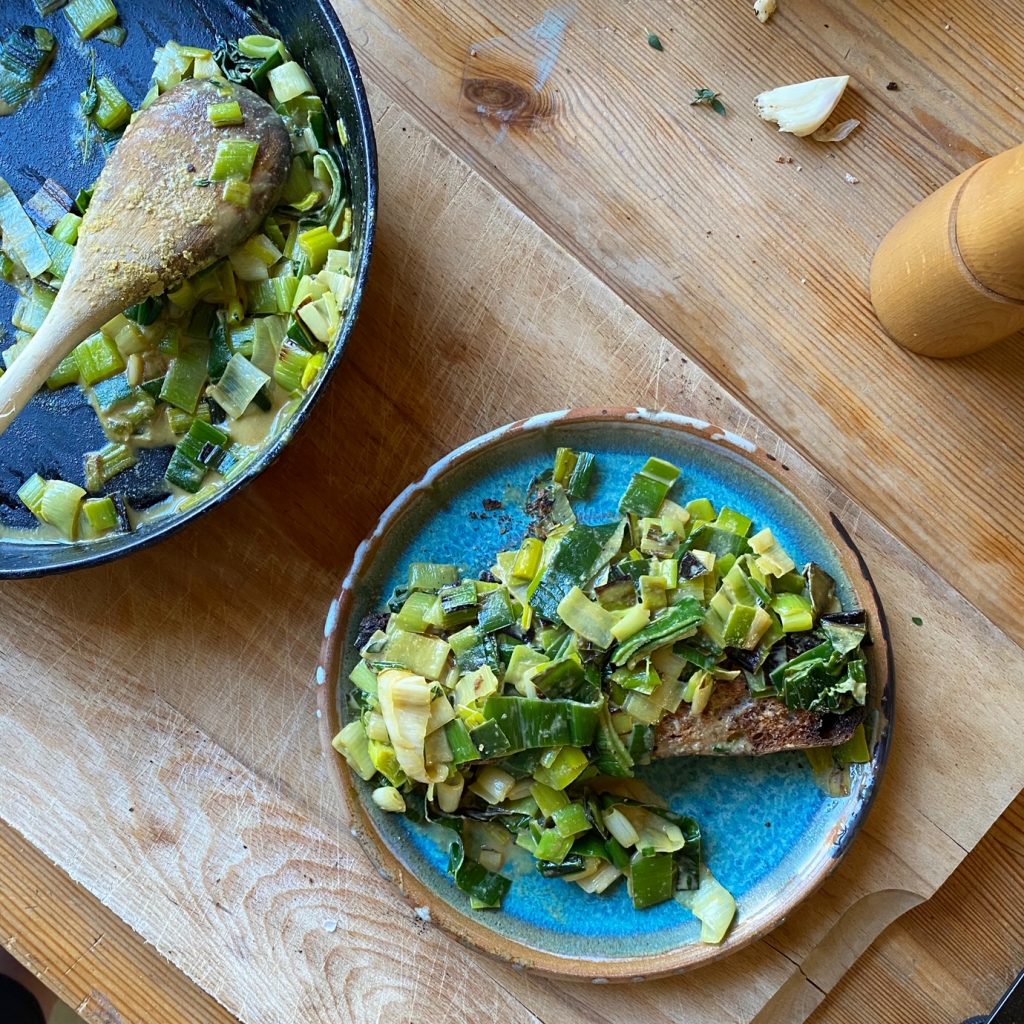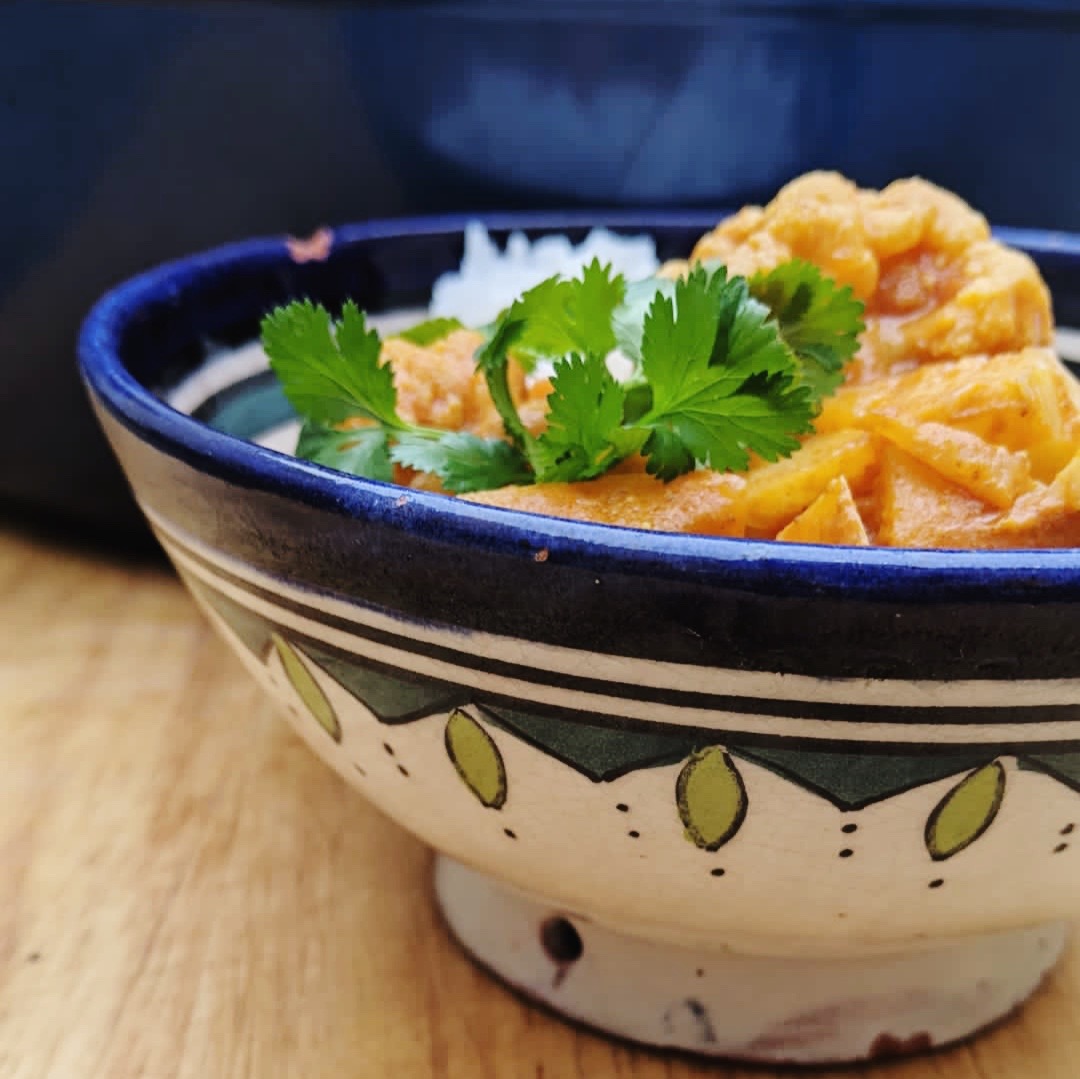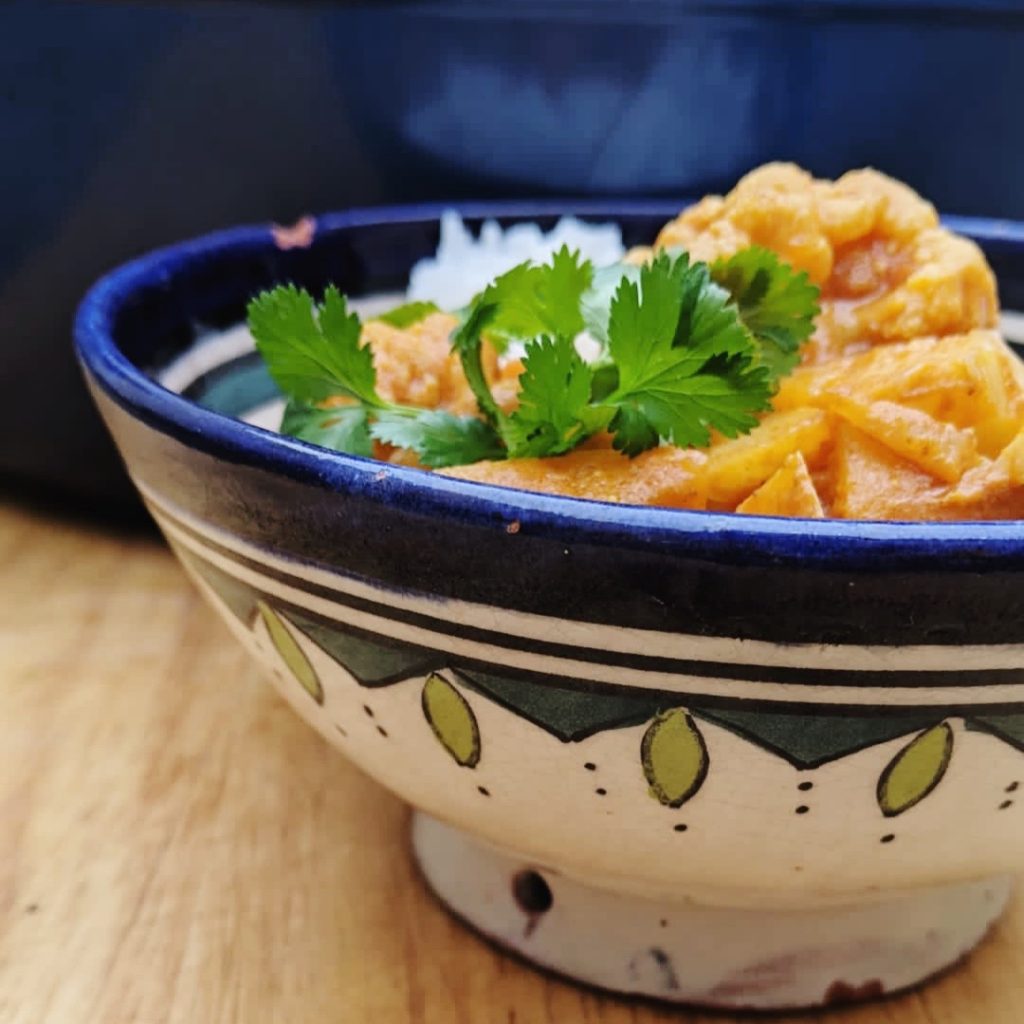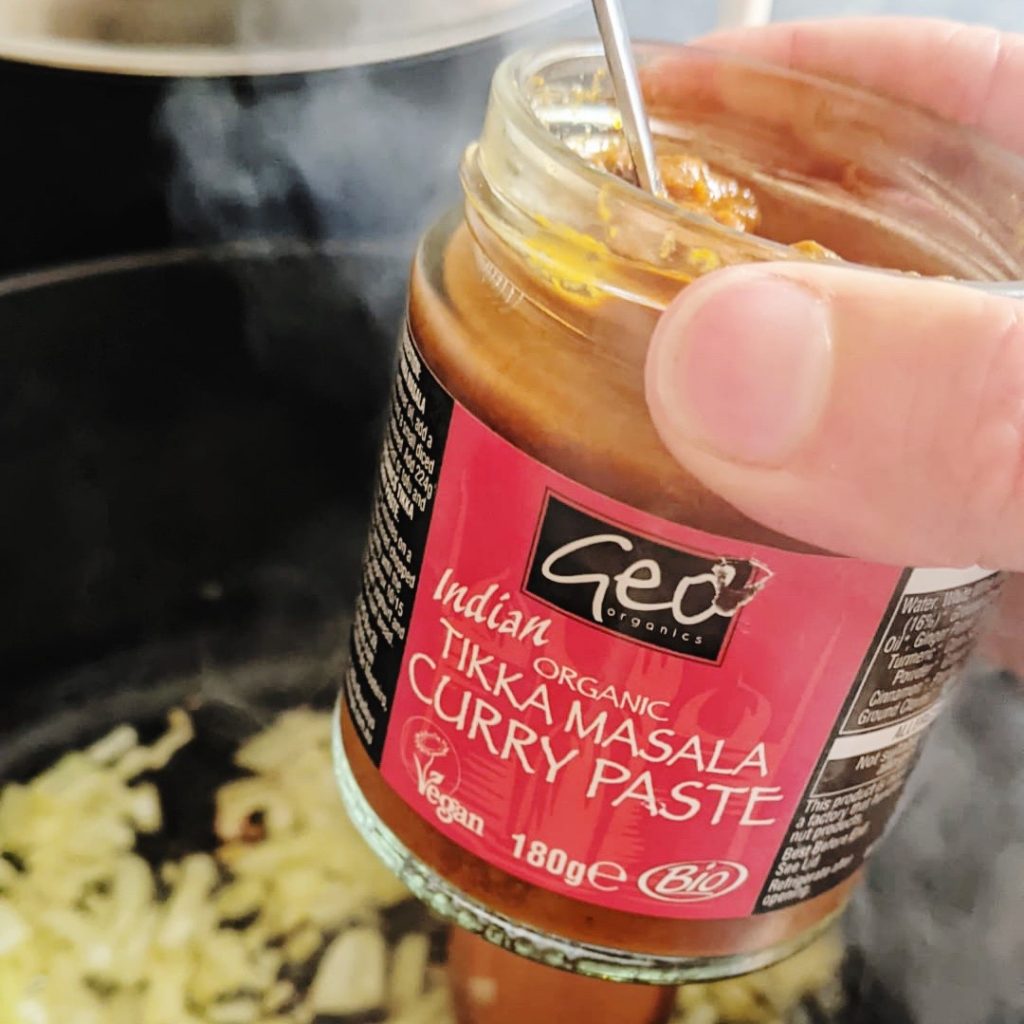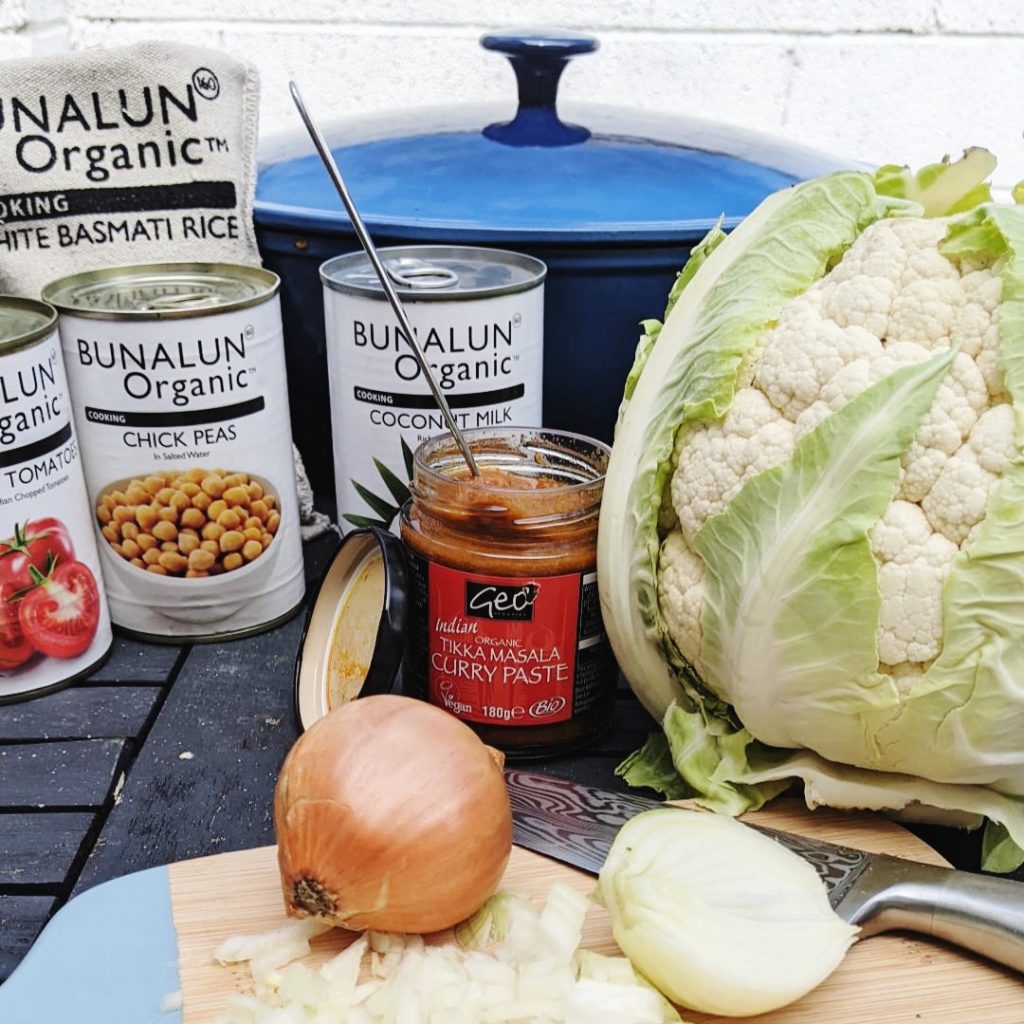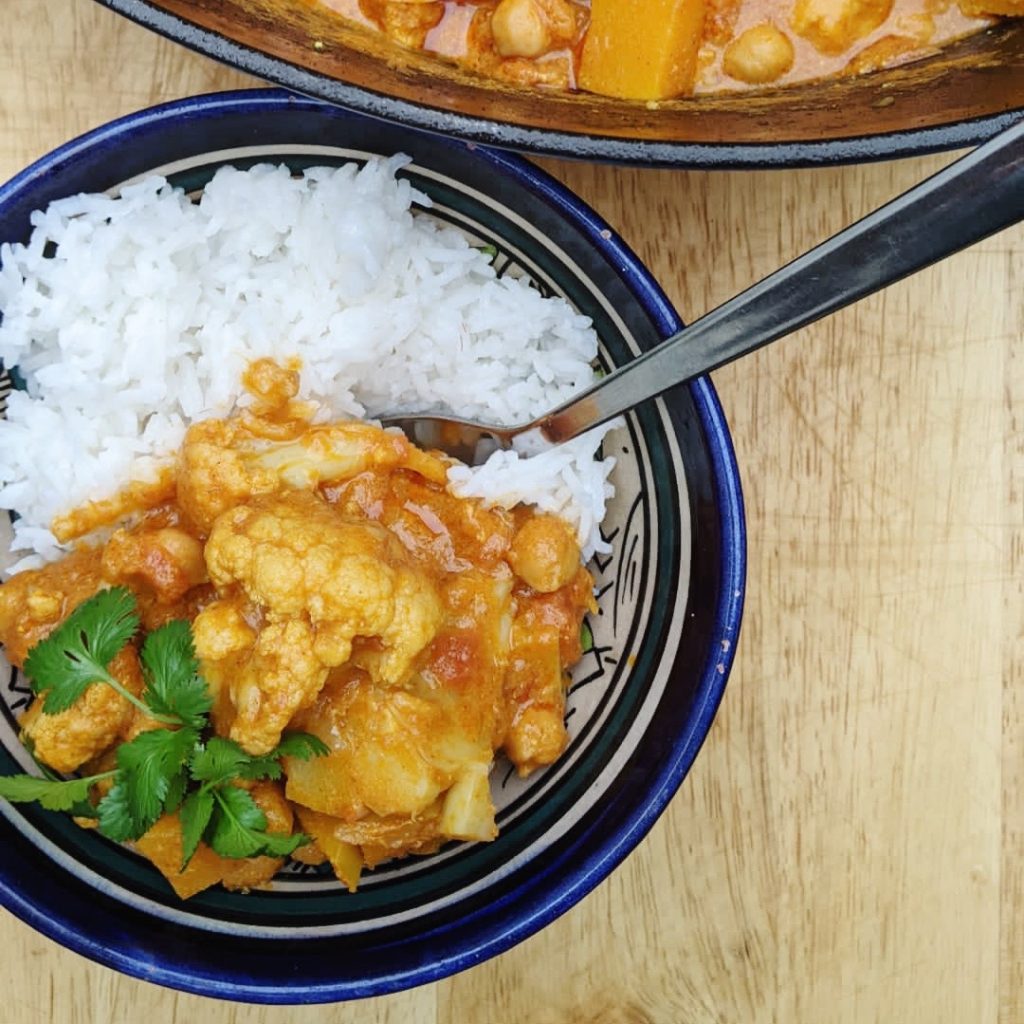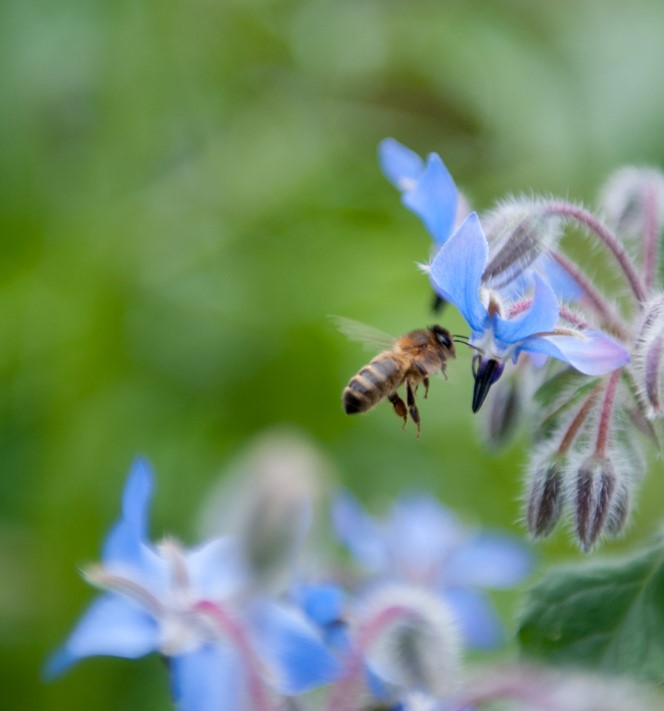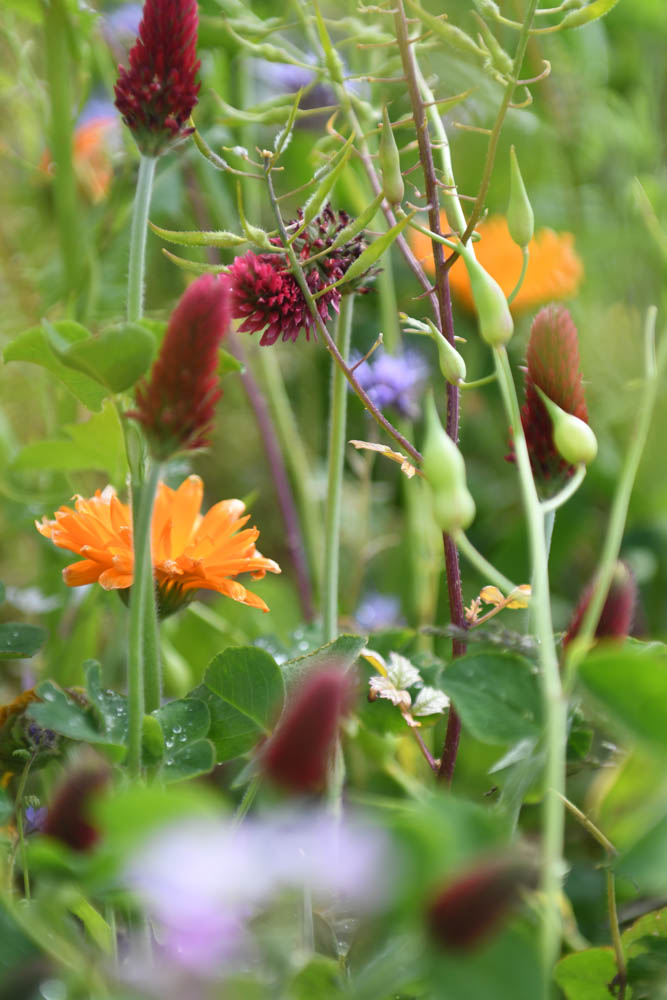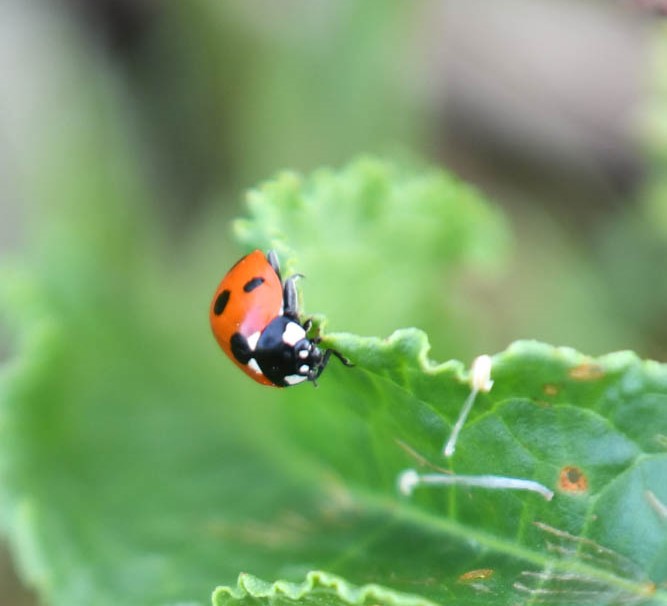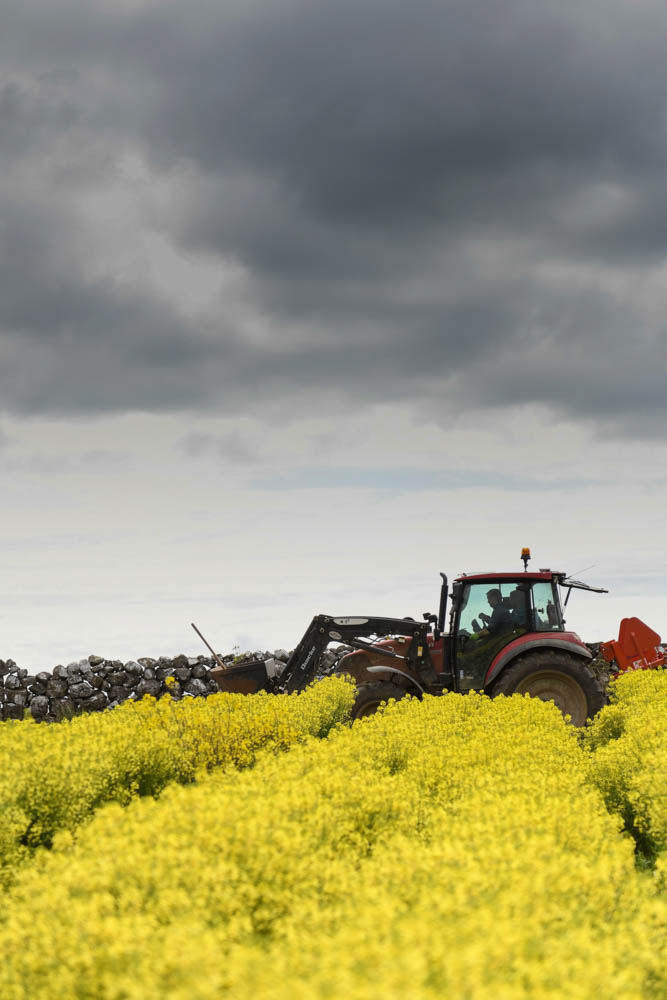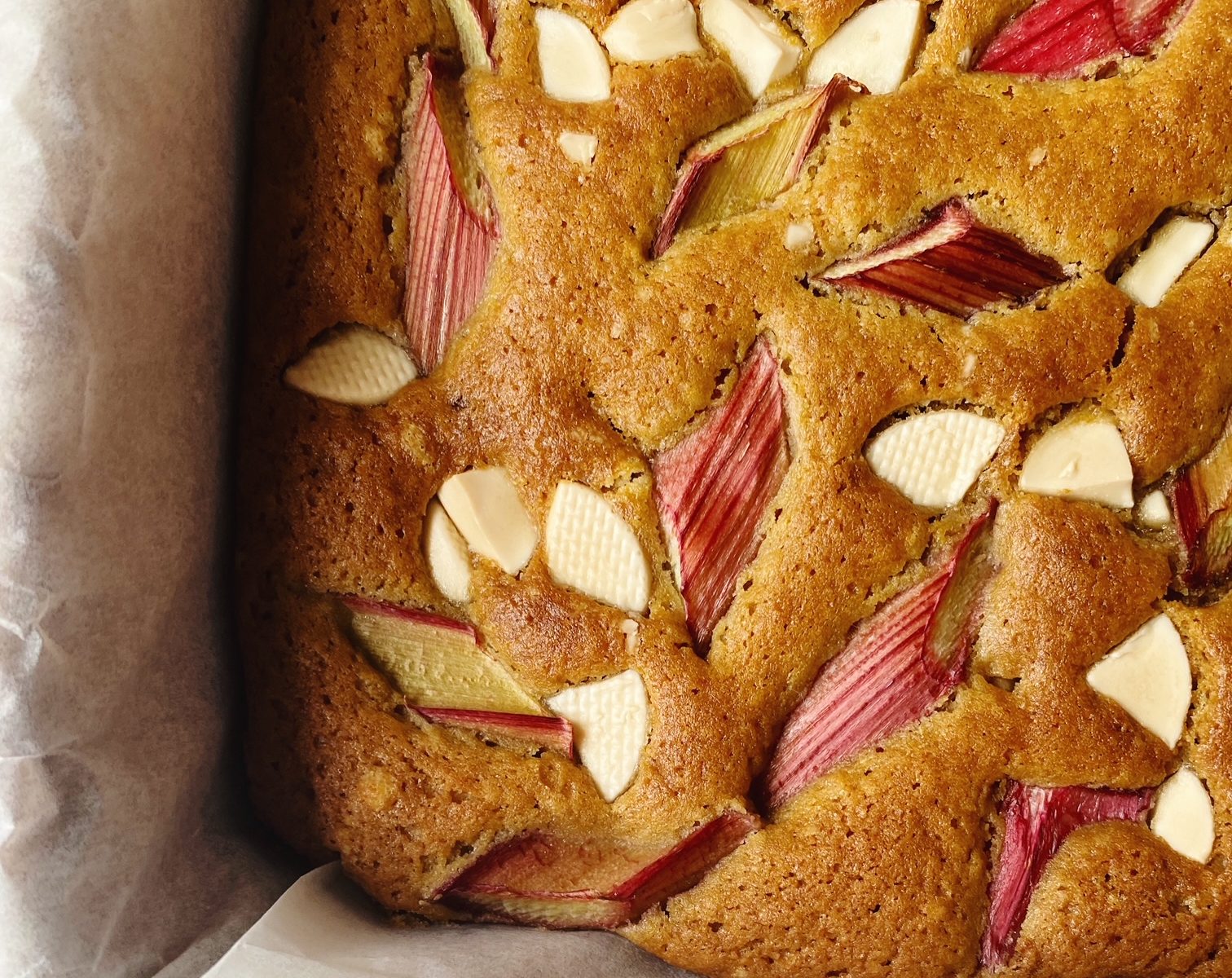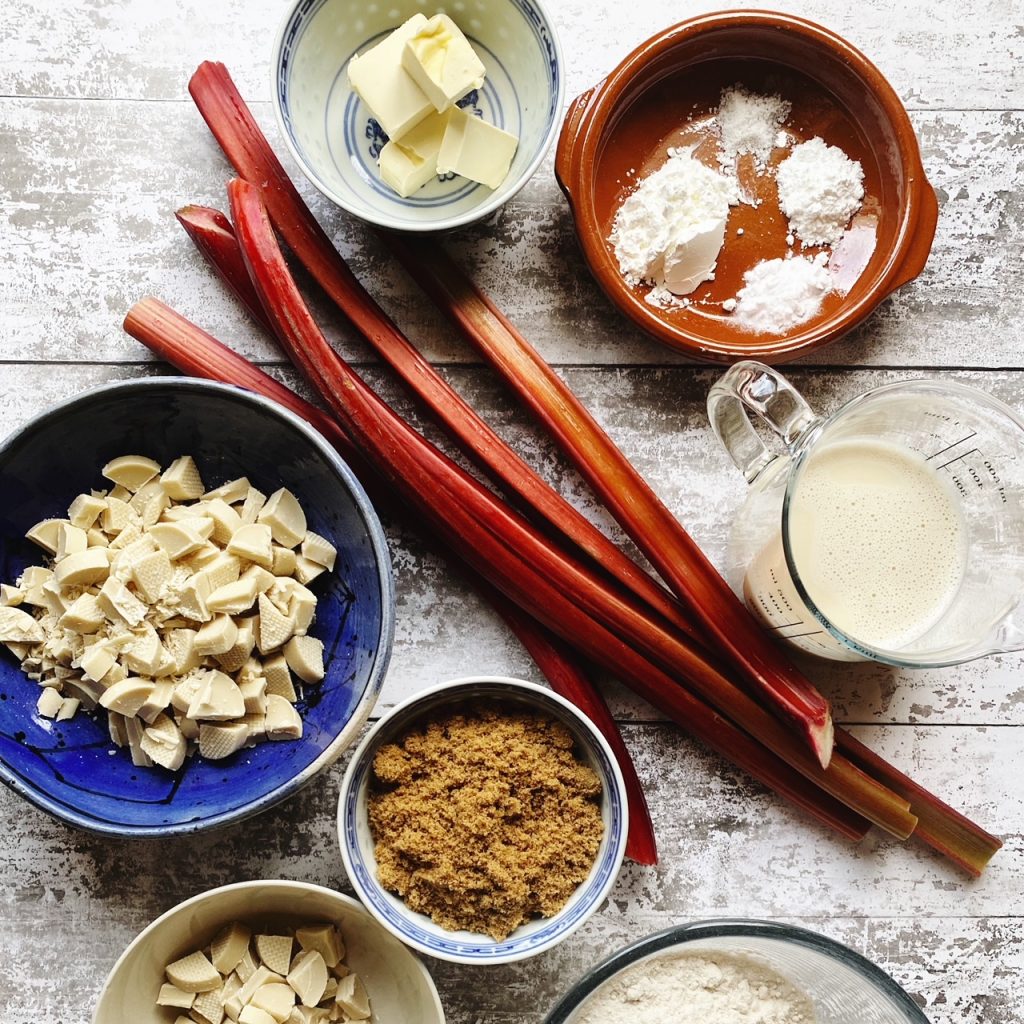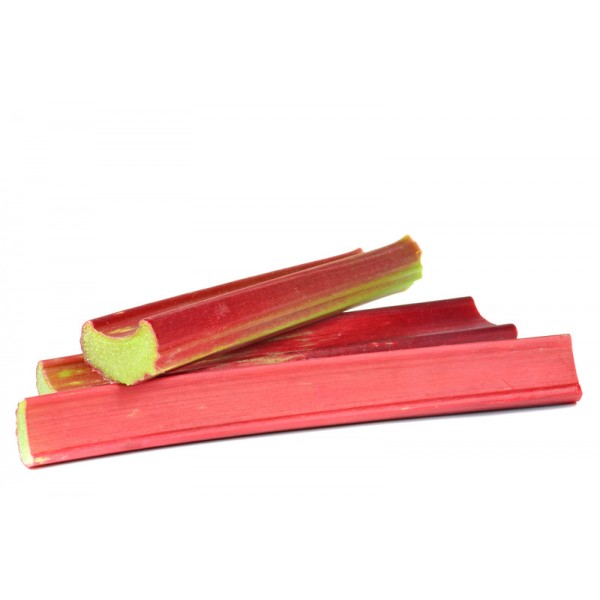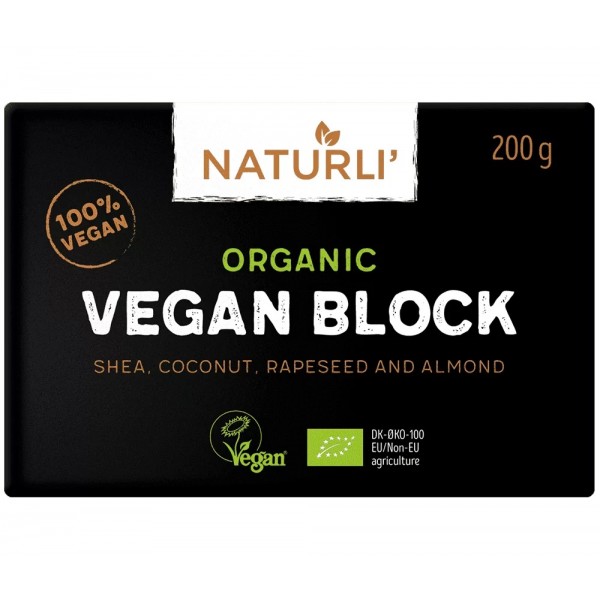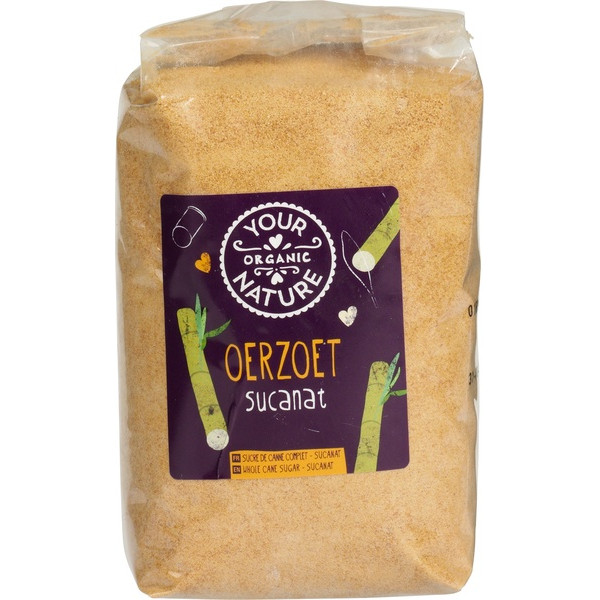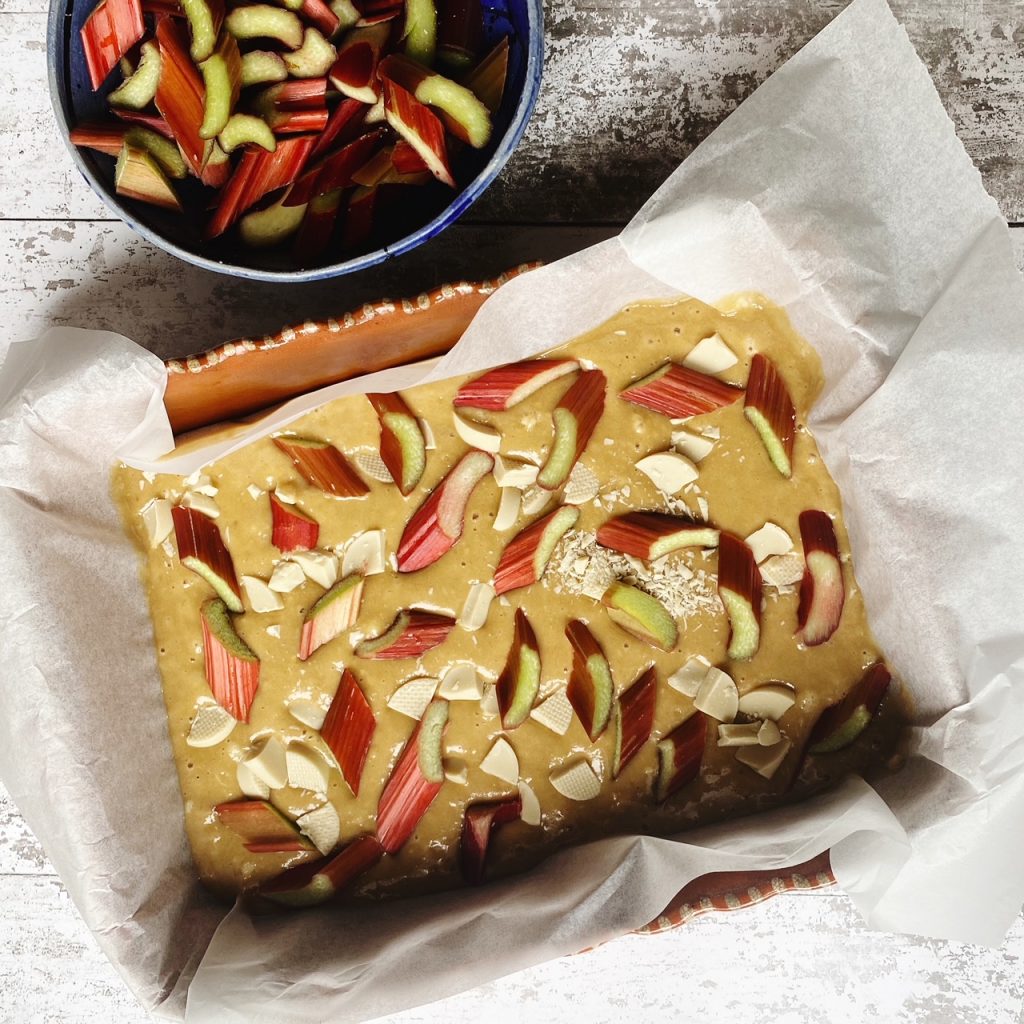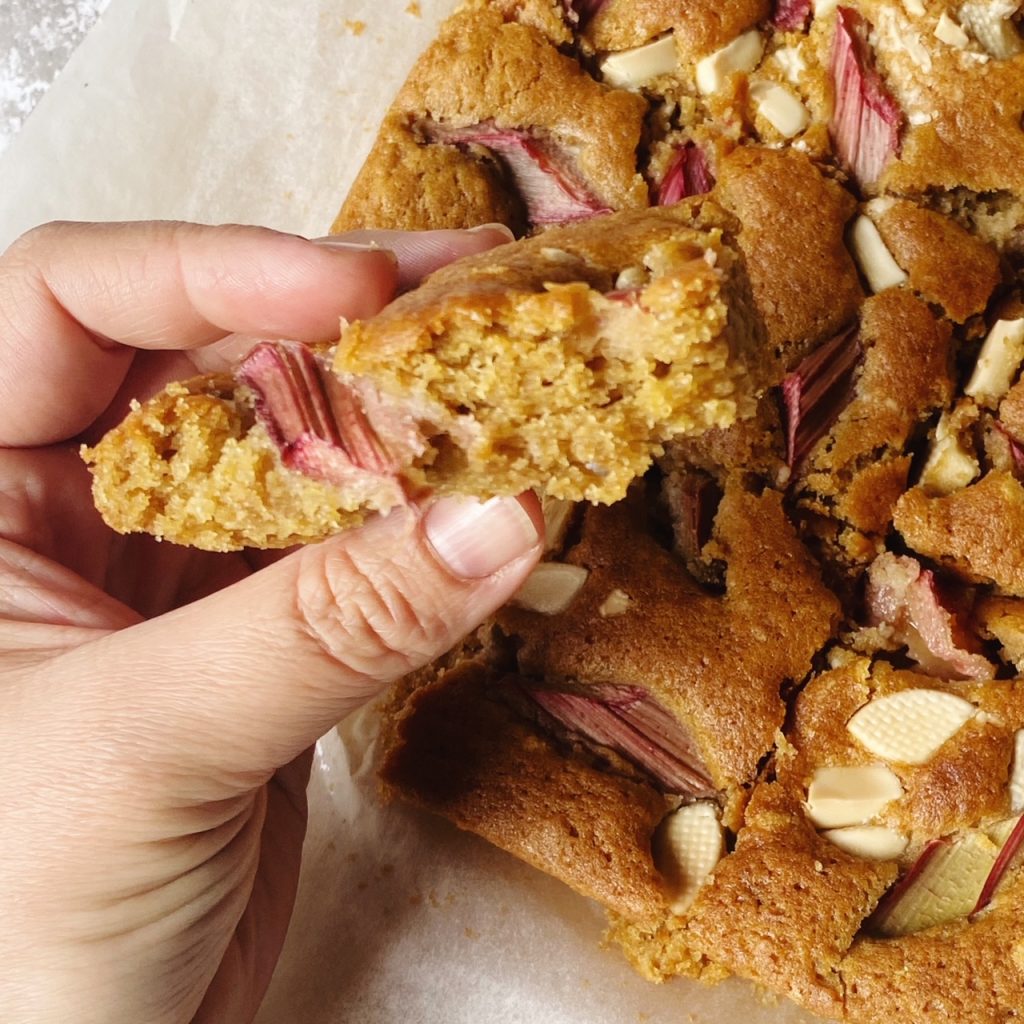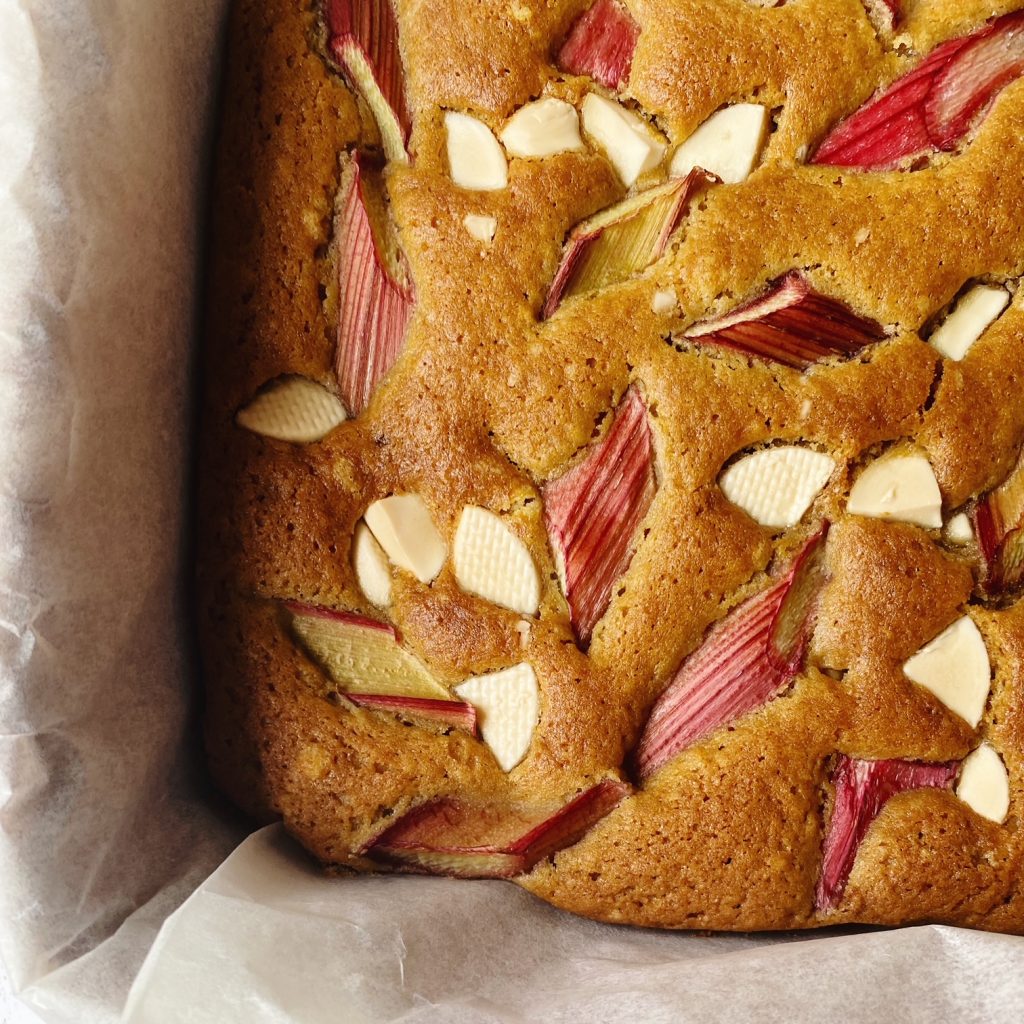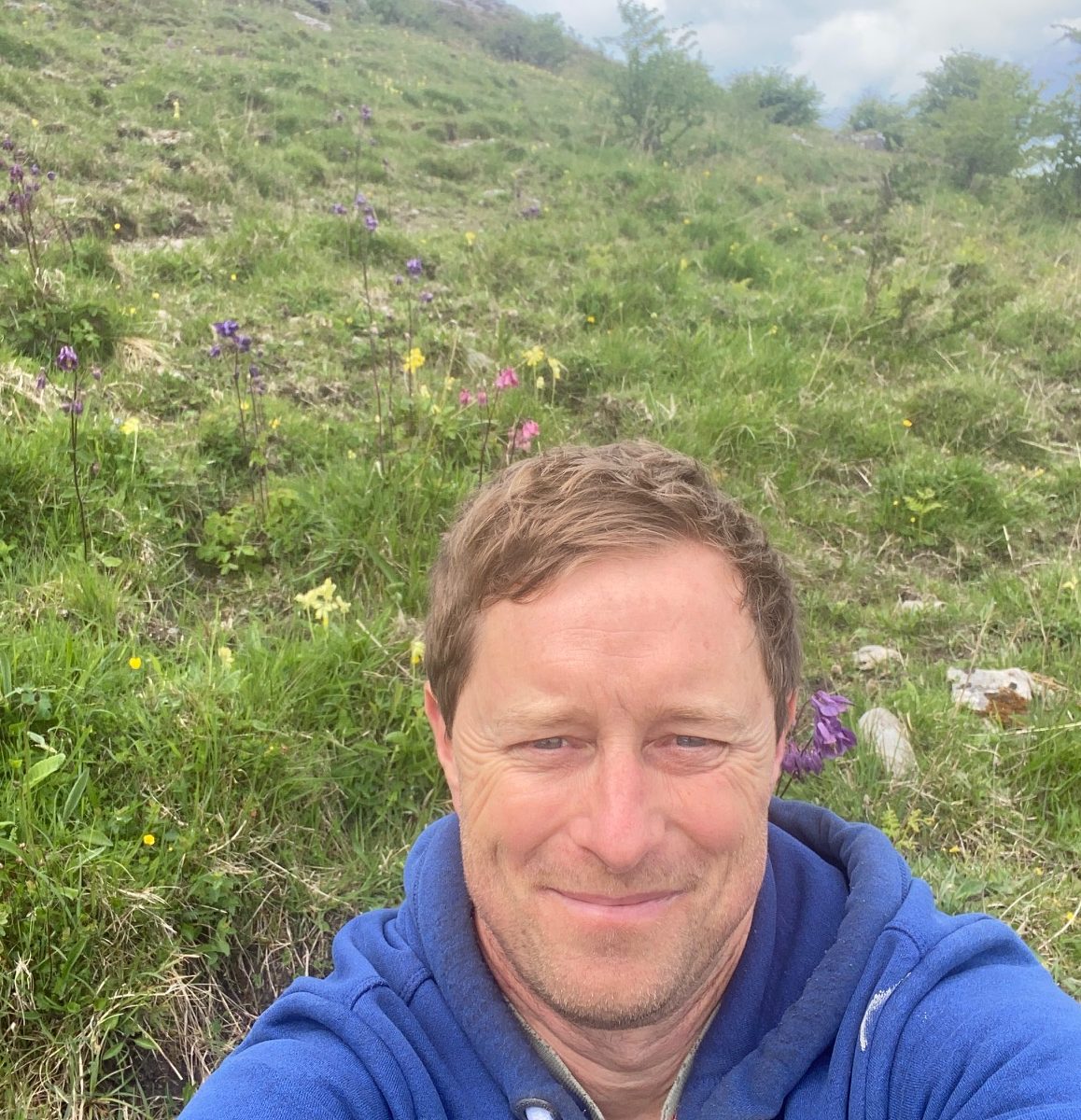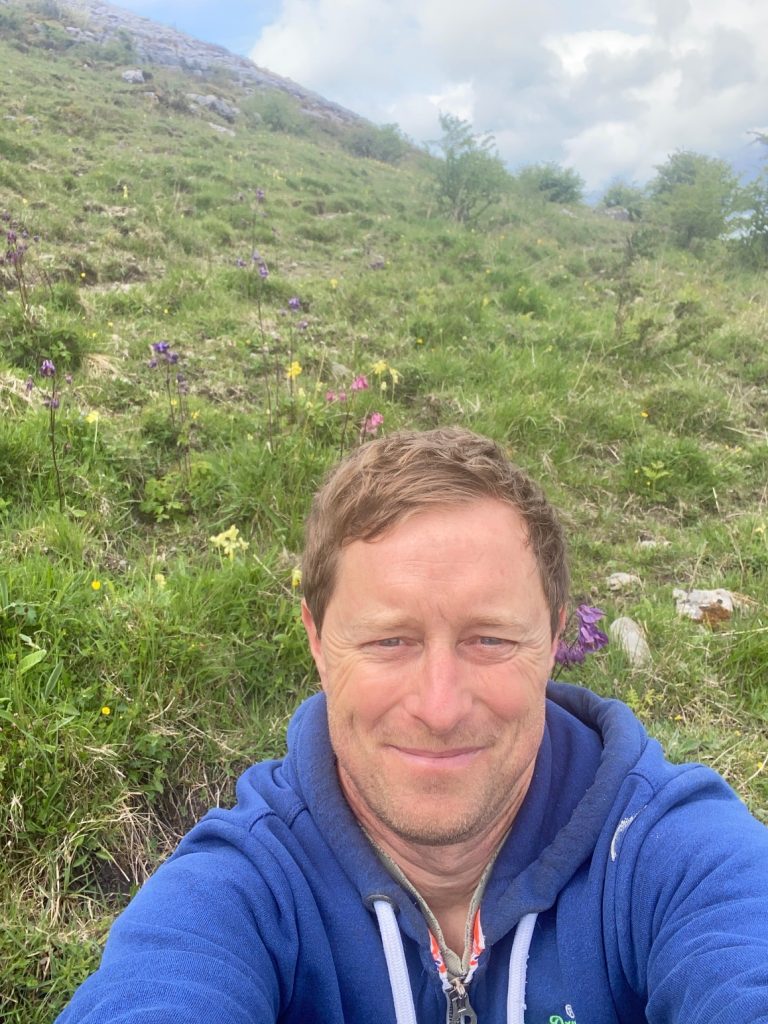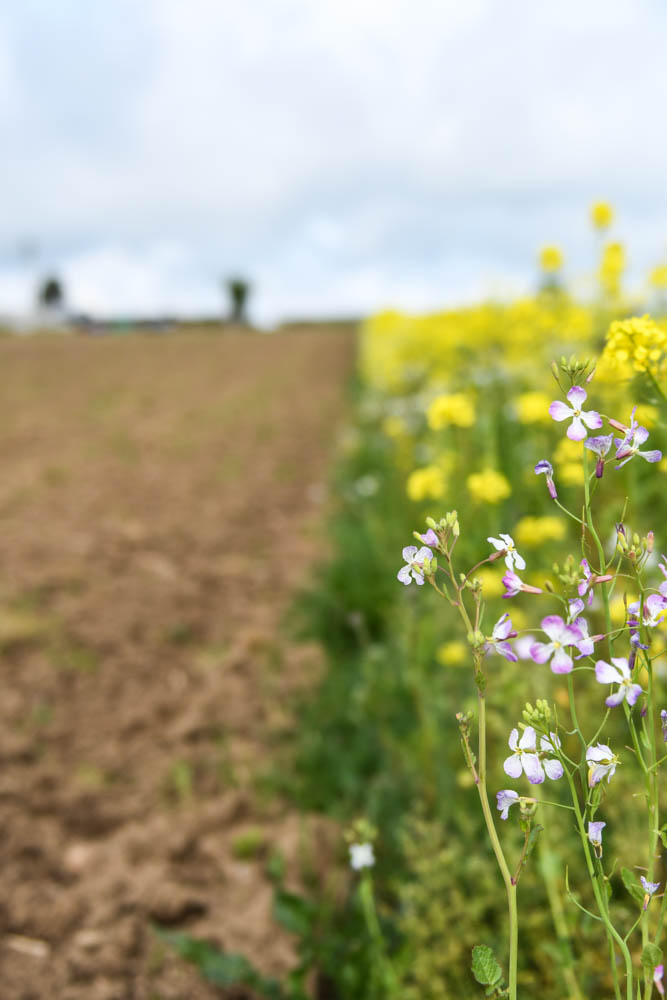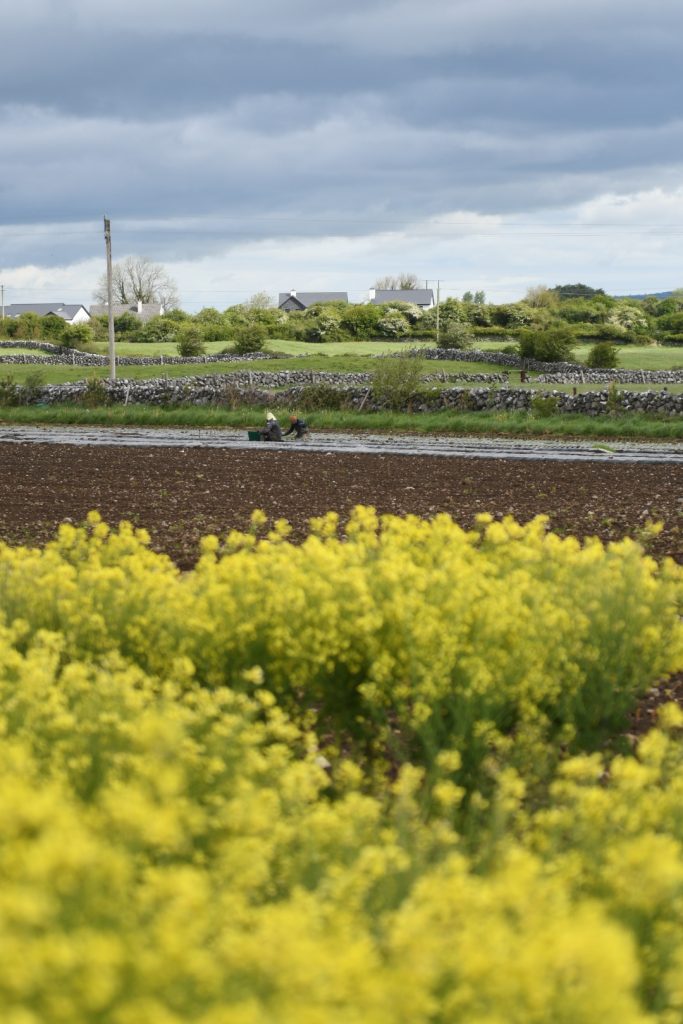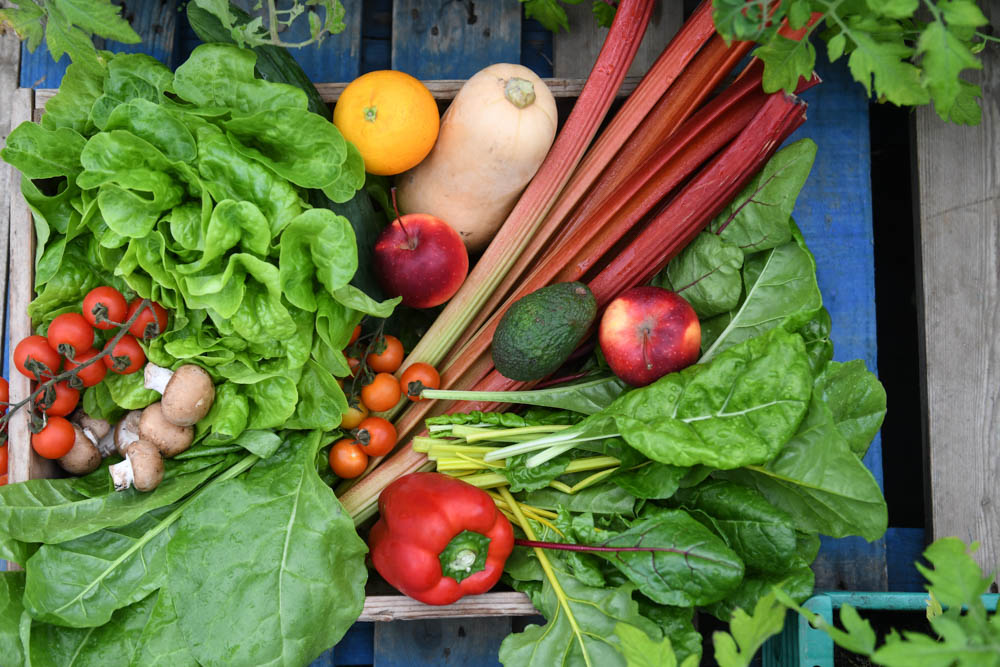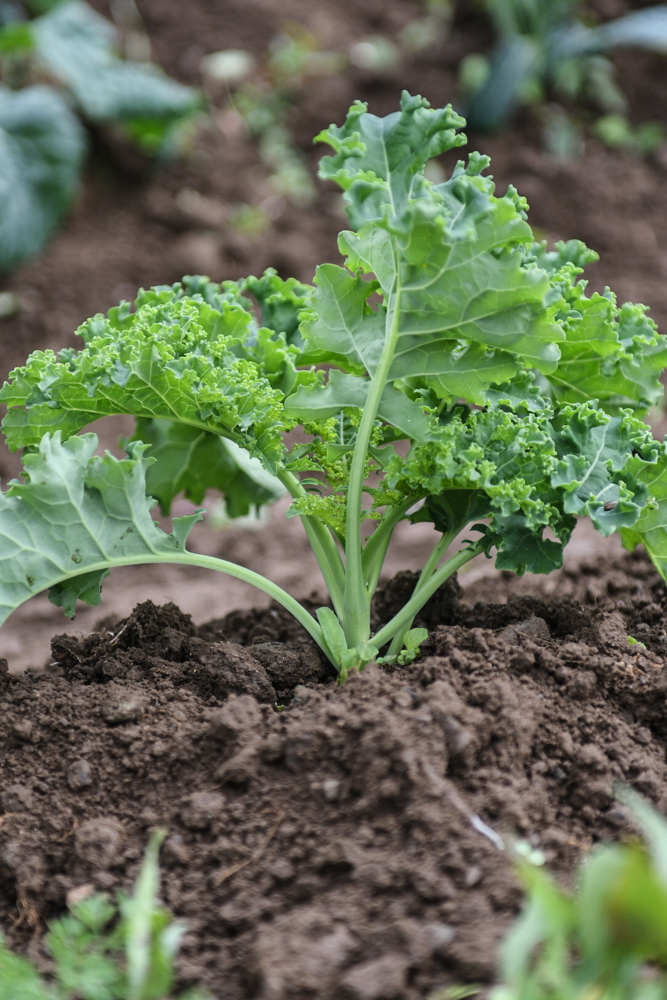
I remember my grandad in his garden growing sweet peas, and carrots and apples. I remember my dad growing potatoes and onions and my mum growing raspberries and gooseberries. I remember a red jumper on a scarecrow, and I also remember our food. We ate many potatoes, but I feel as I look back now that I knew where my food came from. Growing food was a celebration of life, it was a connection to another energy force, it was a basic and primal link to the earth.
I was at my daughter’s graduation from her primary school during the week. The first event in the school since 2019 and it was a celebration of people and little lives embarking on a new beginning. Terry the principal had a wonderful quote that I loved:
“If you stumble let it become part of the dance”
What a wonderful analogy for life, and indeed it has a place here on our farm and business too.
We all ride the waves life throws at us and sometimes we can get stuck in a rut and not even be aware that we are. We all stumble.
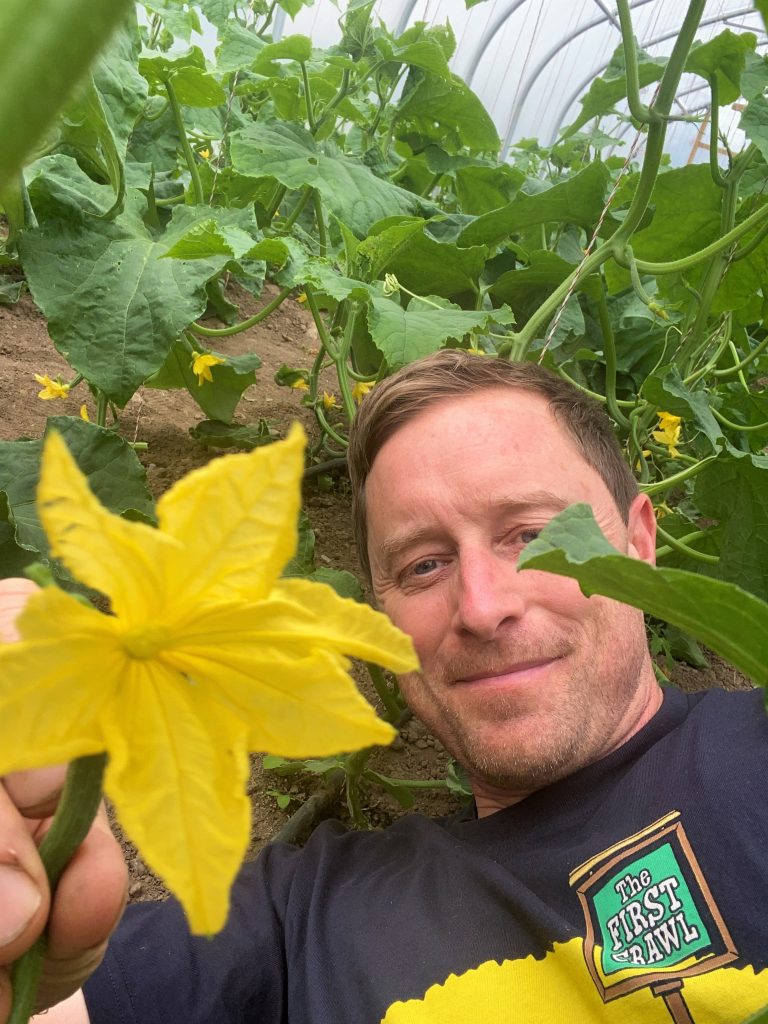
We started our business to celebrate our lives and our food, to produce and supply food that is life enhancing for you our customers whom we serve, and the people who work here and also to the planet and the land that gives us so much.
Over the past two year we have lost our way at times, and at other times we have been stuck in a rut, more like a maelstrom of constant change that has been difficult to endure. We have been in a constant state of stumbling and not even been aware. The waves have been big.
But the essence of what we have been about right from the beginning never changed, and I guess when you stumble it pays to know who you are. Many times, you won’t get it right, you will make mistakes, stumble, and even fall. But getting up again, brushing the dust off your shoulder and marching on is inevitable when there is something else driving you, a purpose greater than yourself.
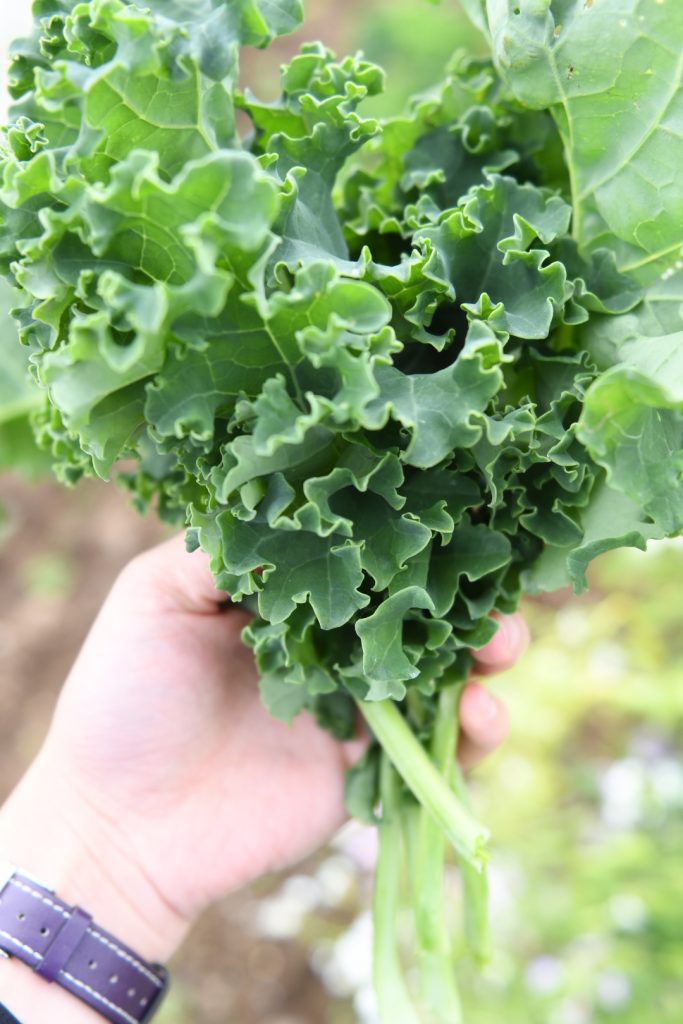
You may forget what that driving force is, but it is still there like a bright flame inside, and so here we are after so much change, and we are beginning to find ourselves again, to remember why it is we are doing what we do.
As the cucumbers blossom and produce their fruits, and as the first tomatoes turn red on their vines, as we harvest the gorgeous heads of lettuce and the different leaves for the salad mix, as we see the fox ramble by as we are harvesting the kale, it is not difficult to be thankful.
We are celebrating life through food, through delivering sustenance that enlivens you and our land.
We are celebrating the diversity of nature and the beauty and the vitality that can be found on our planet and in the food we grow.
Thank you for continuing to join us on this journey.
Kenneth
